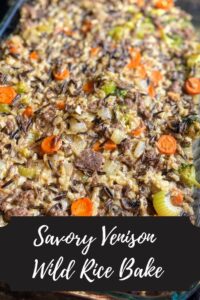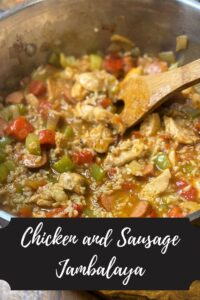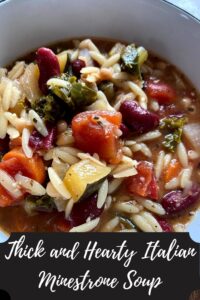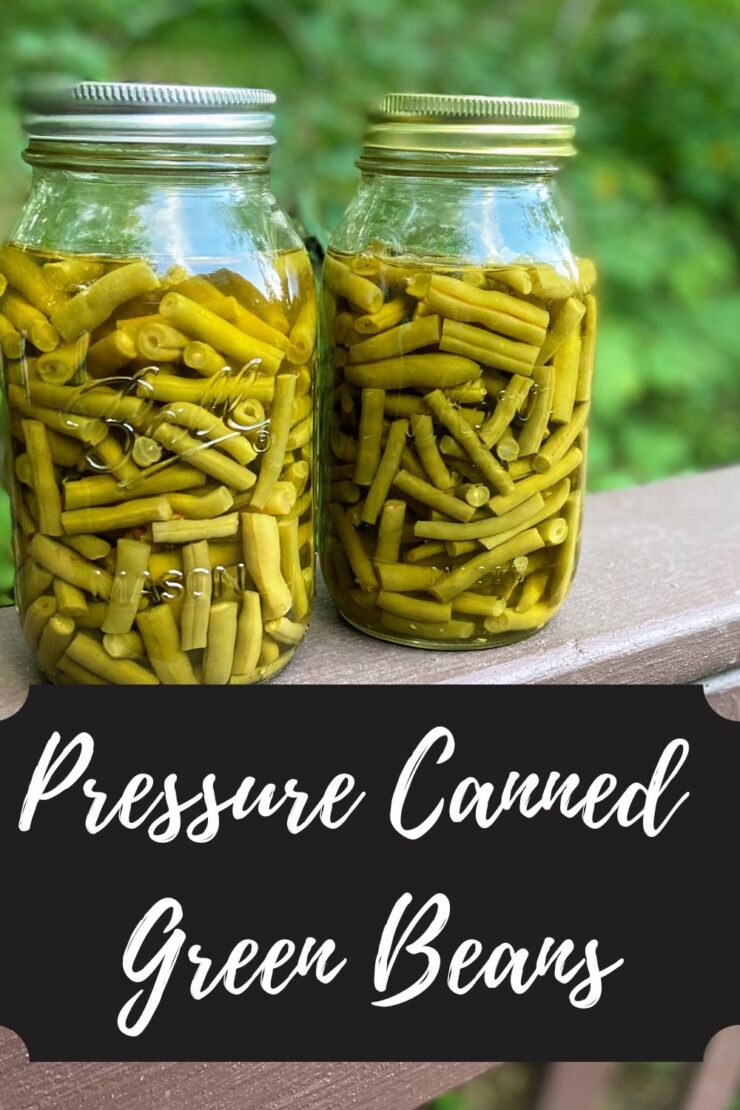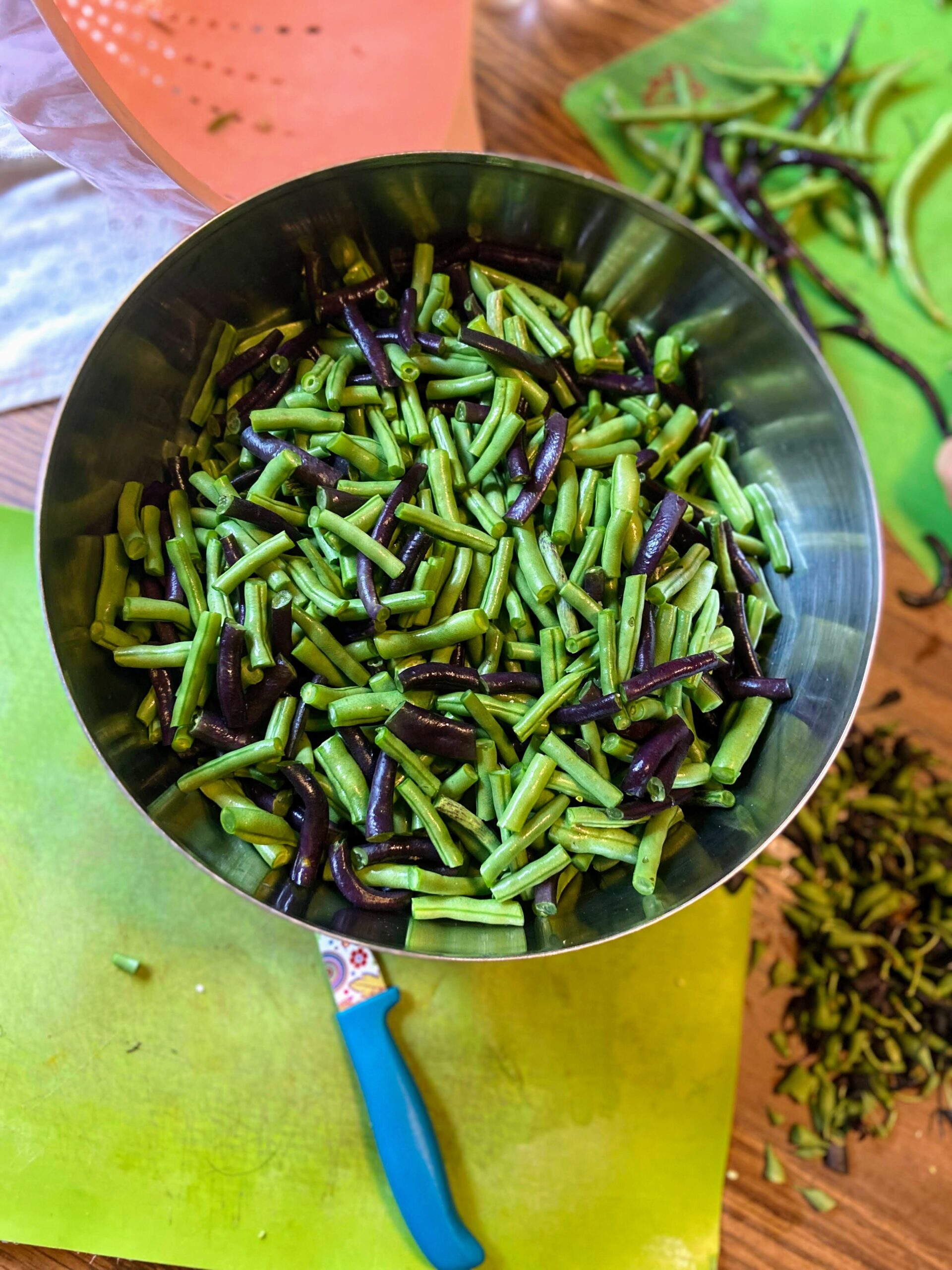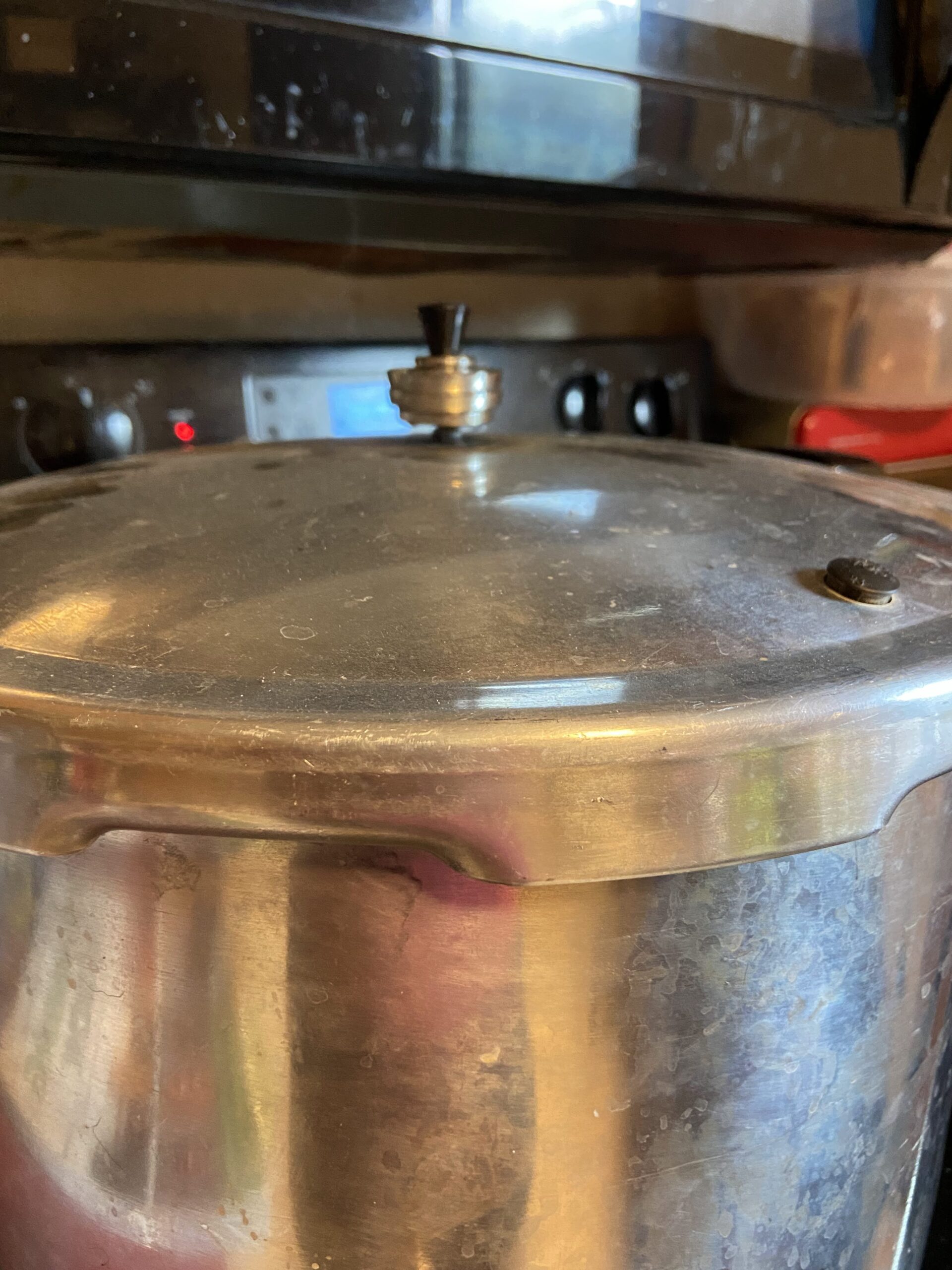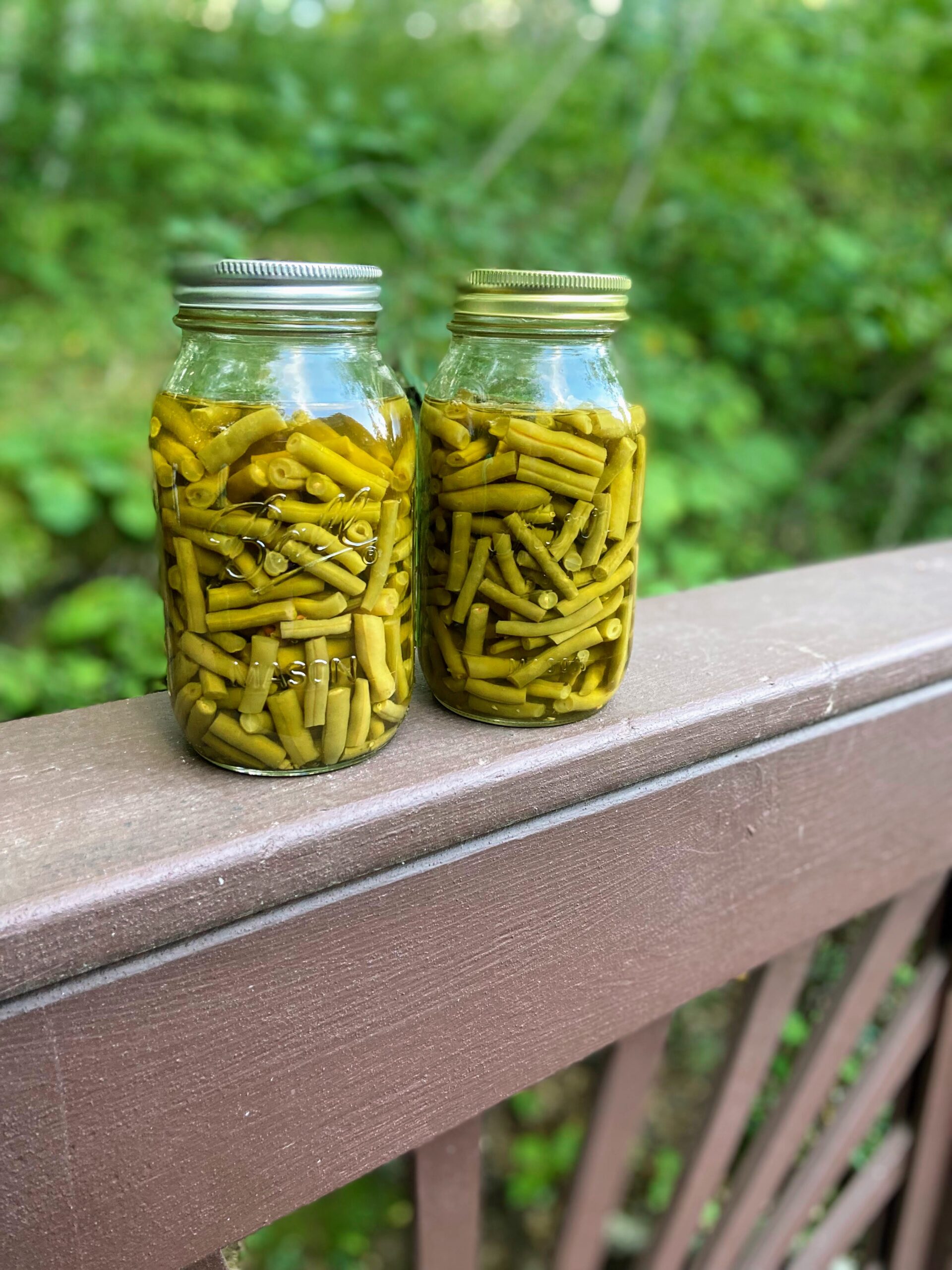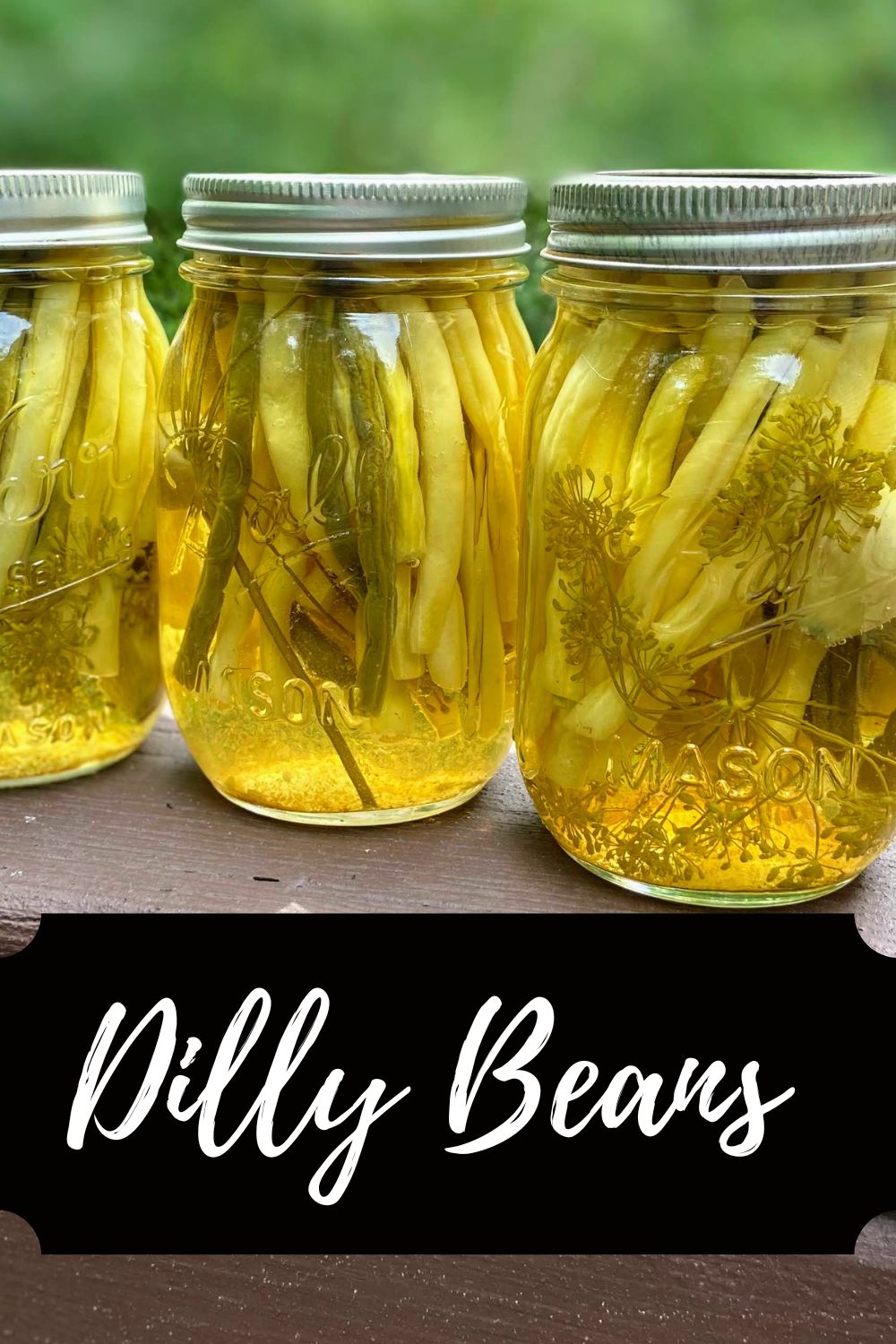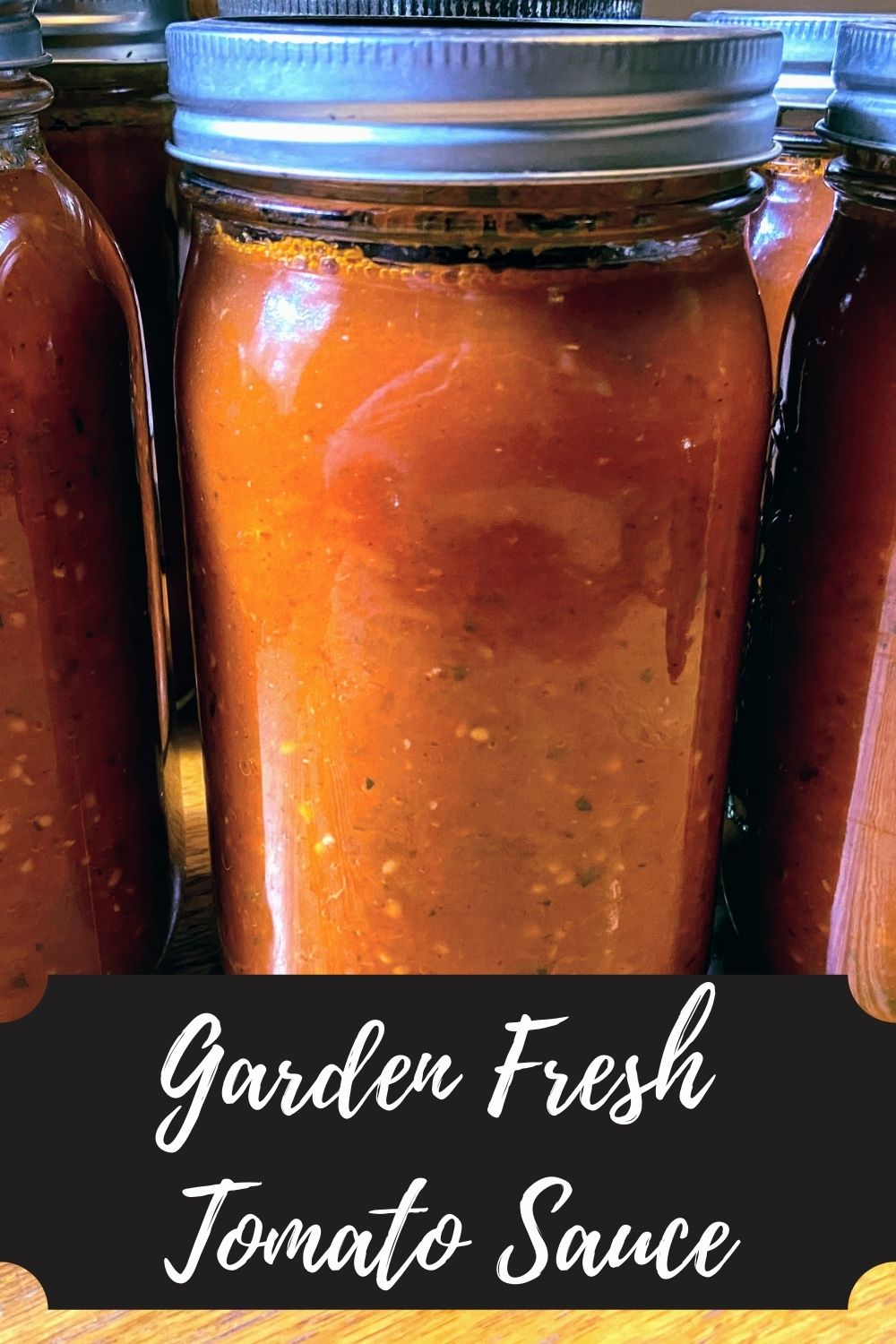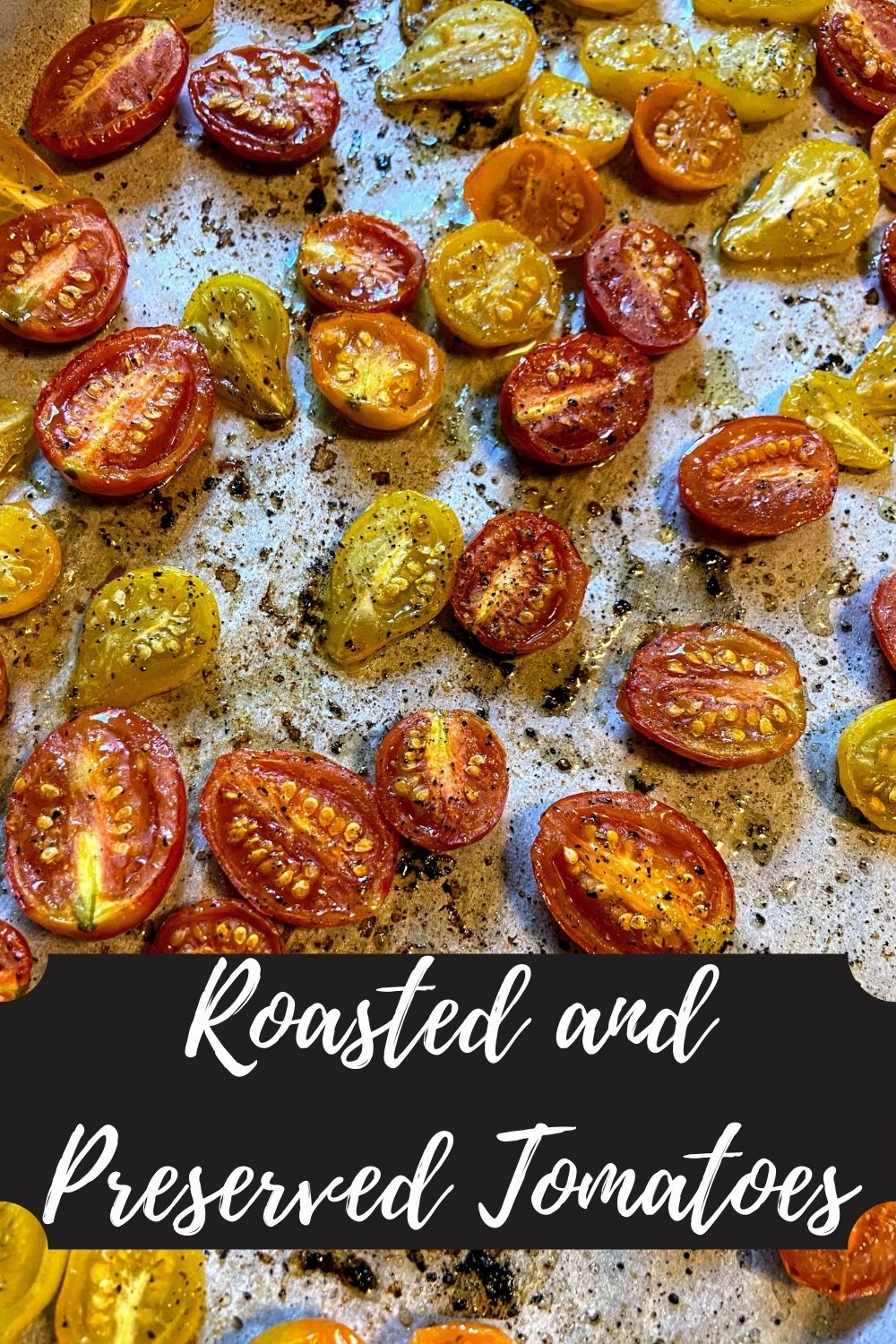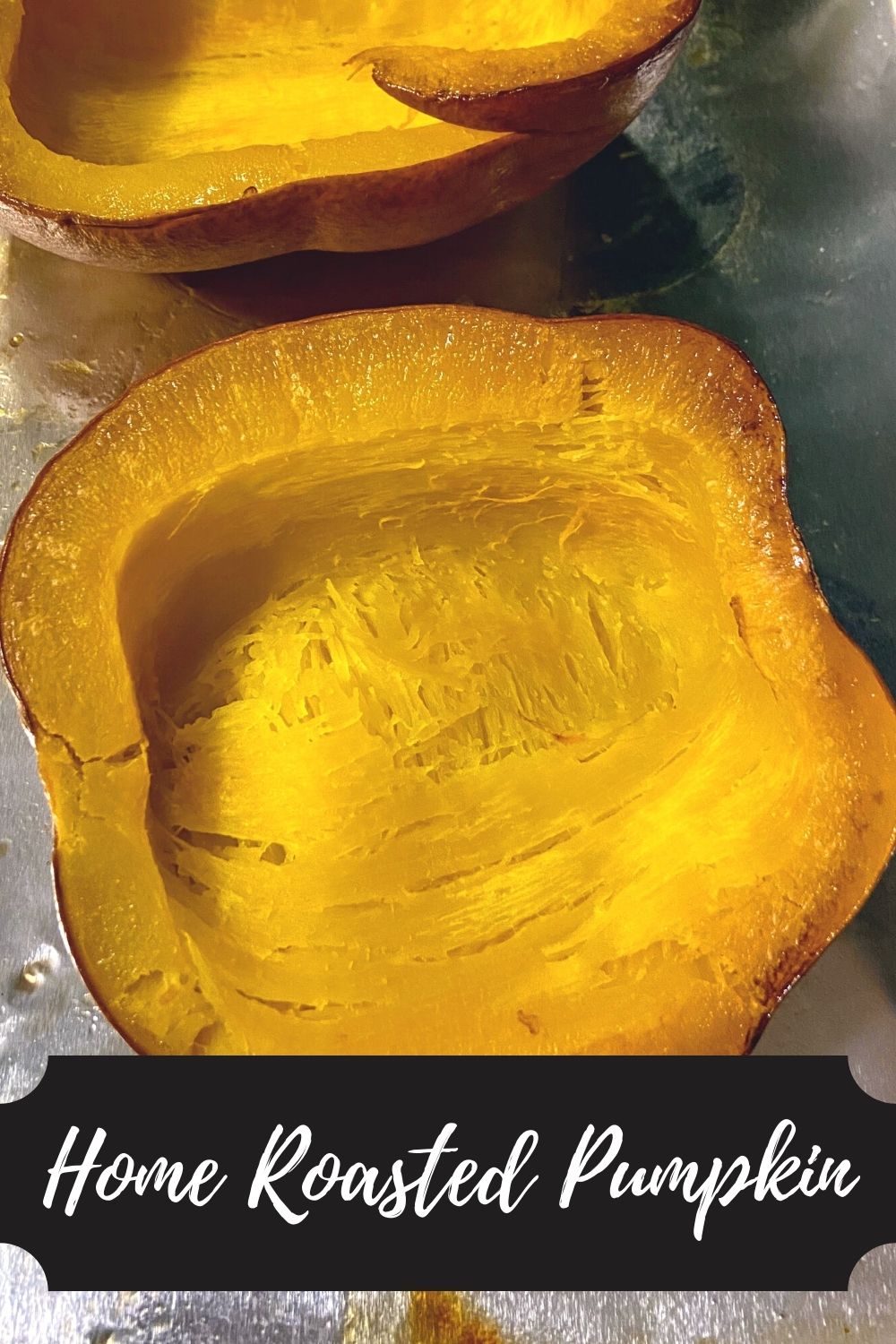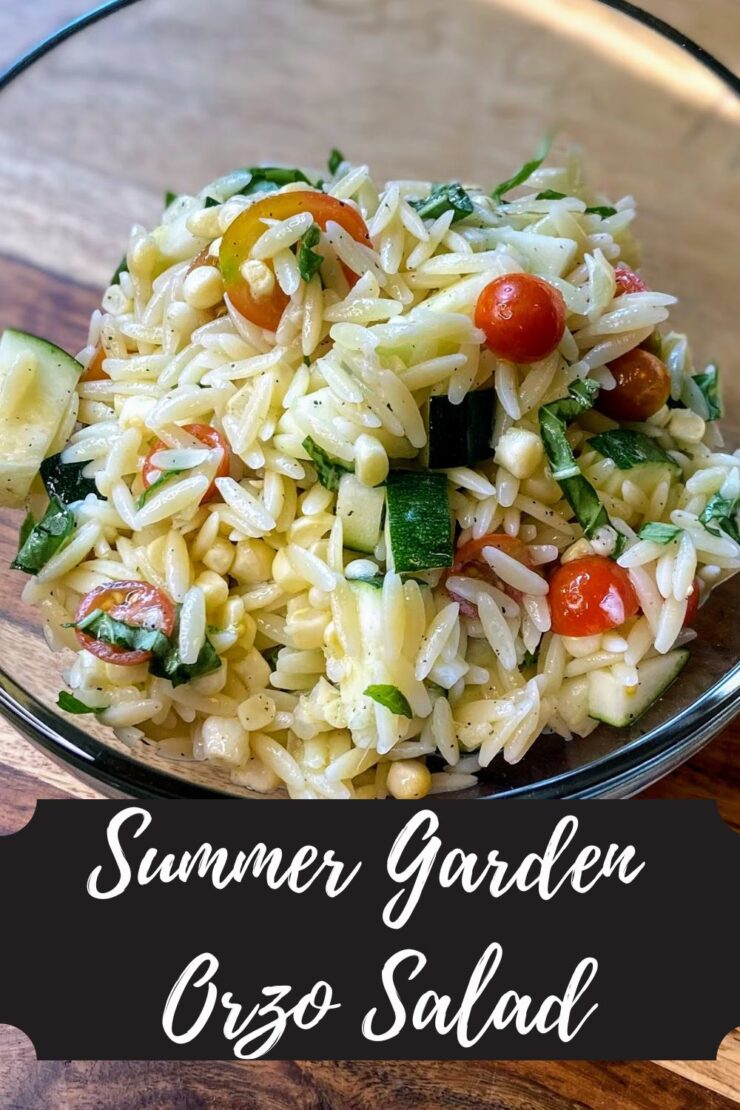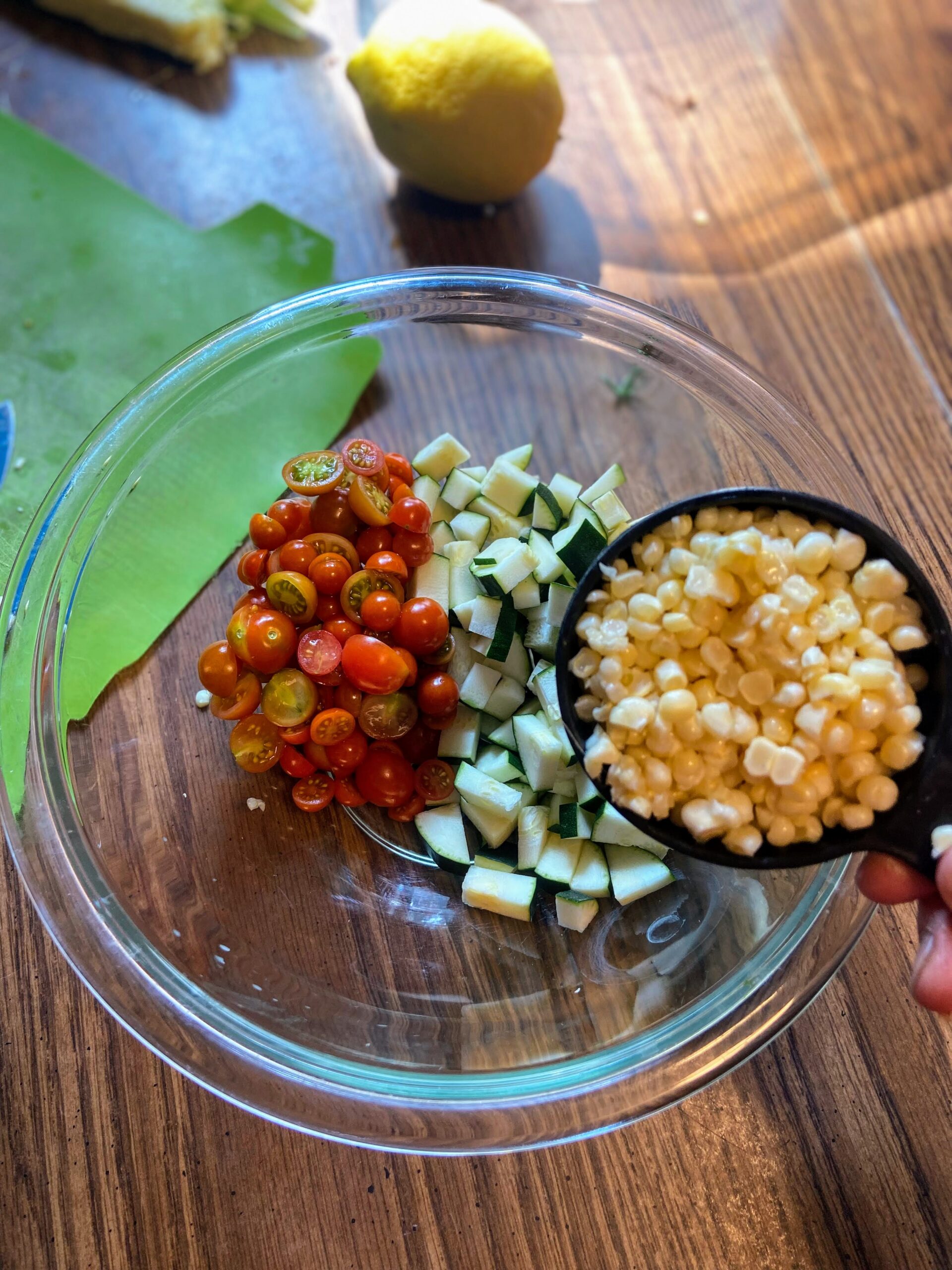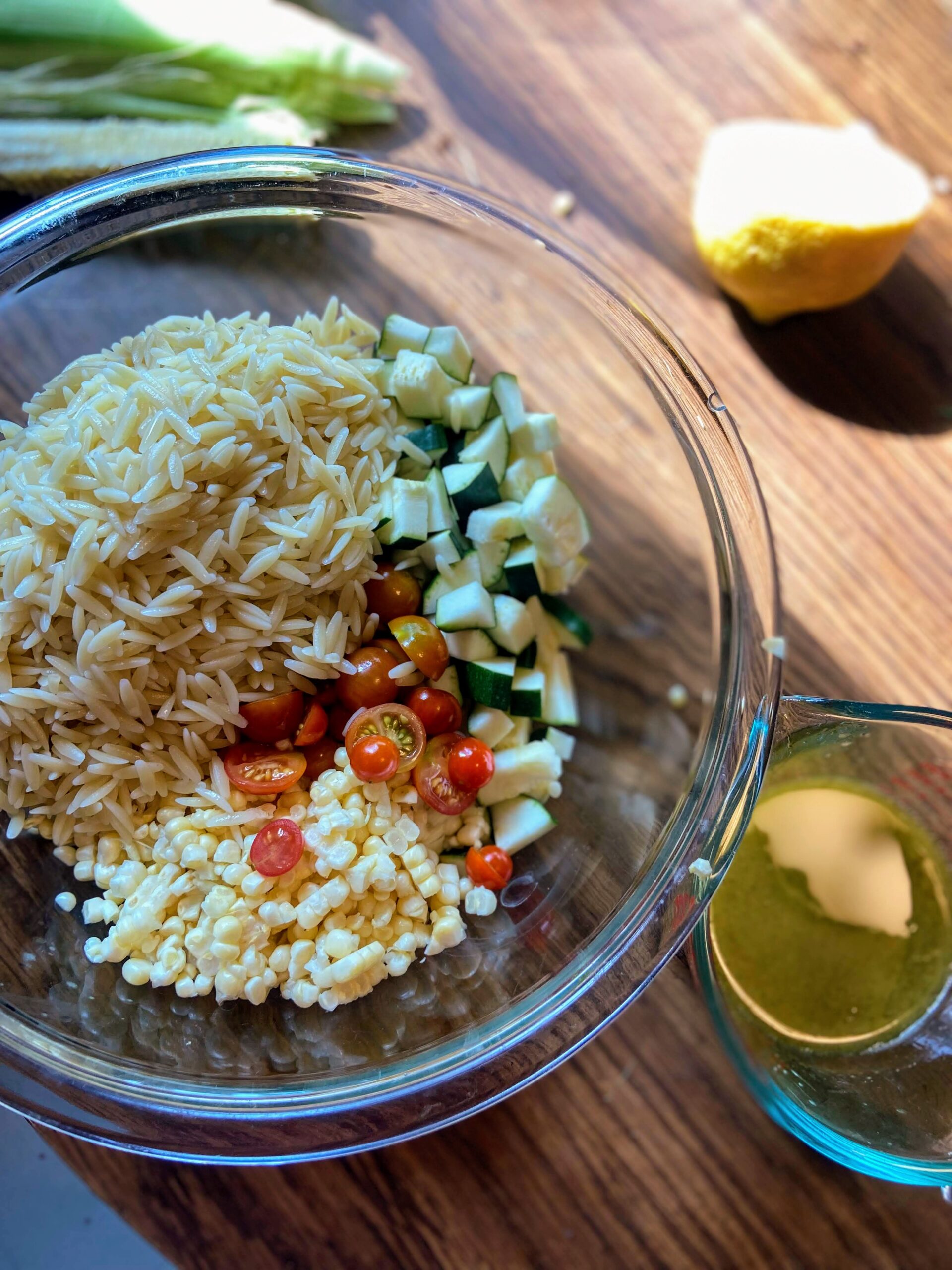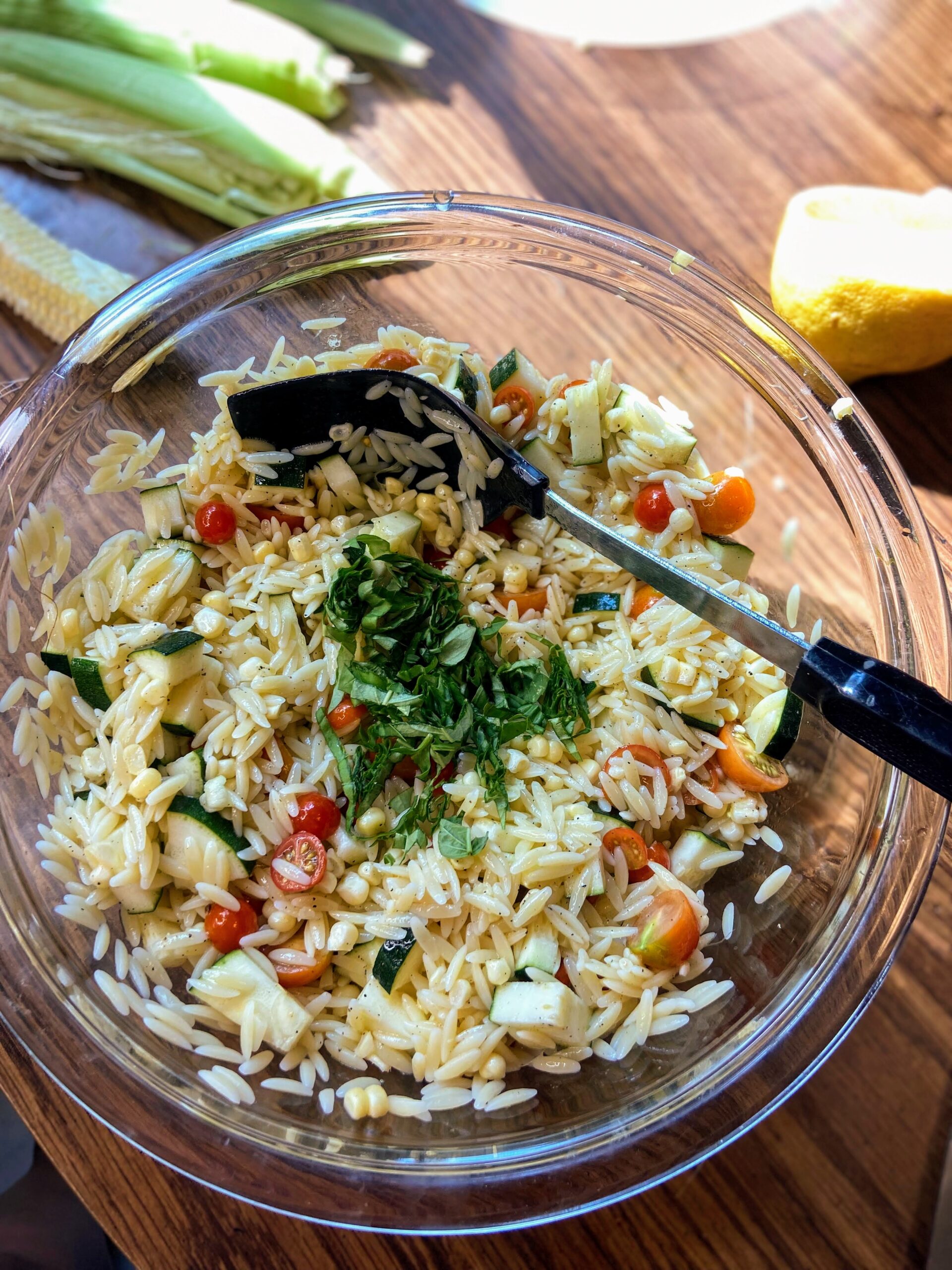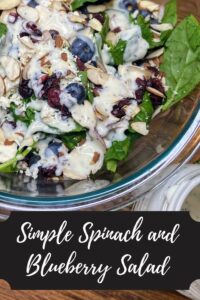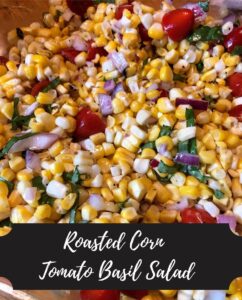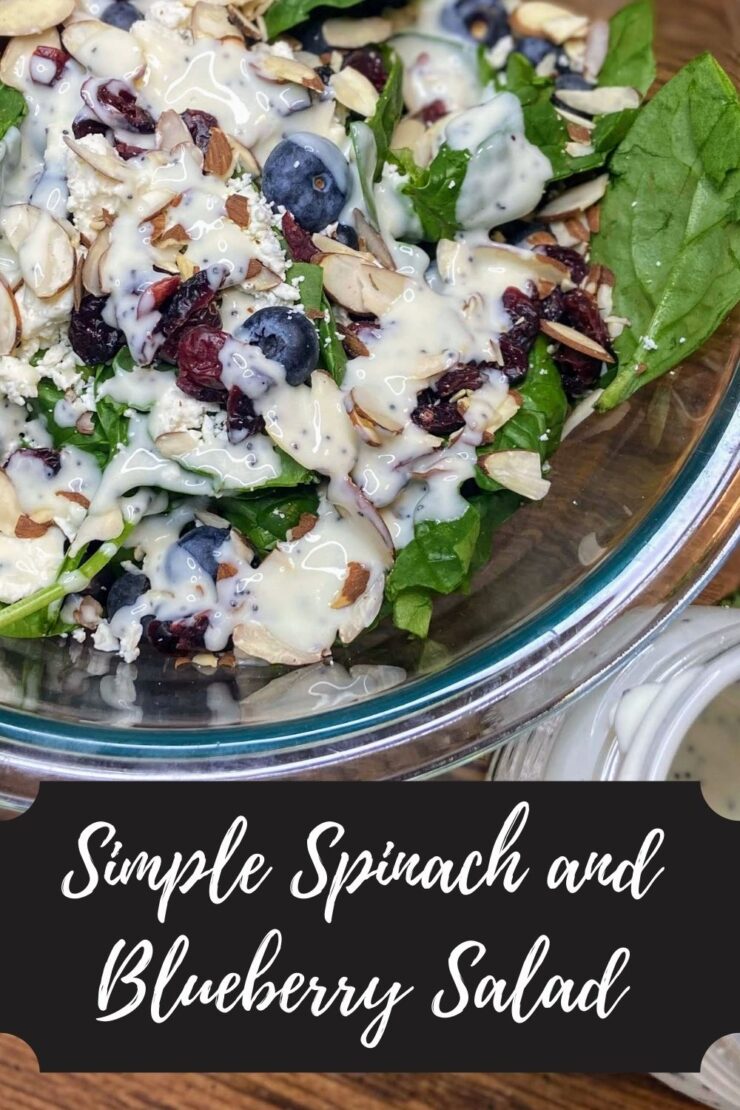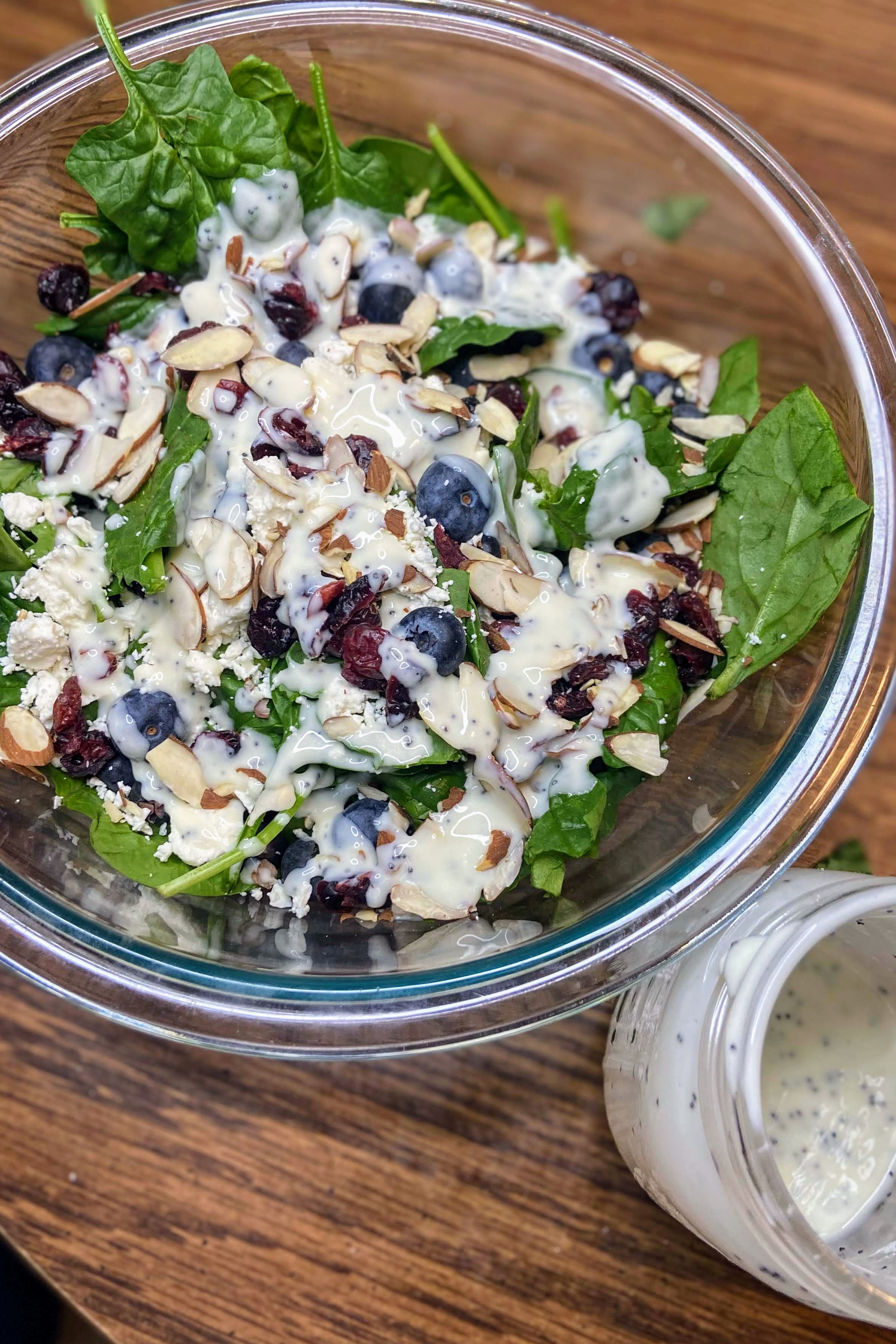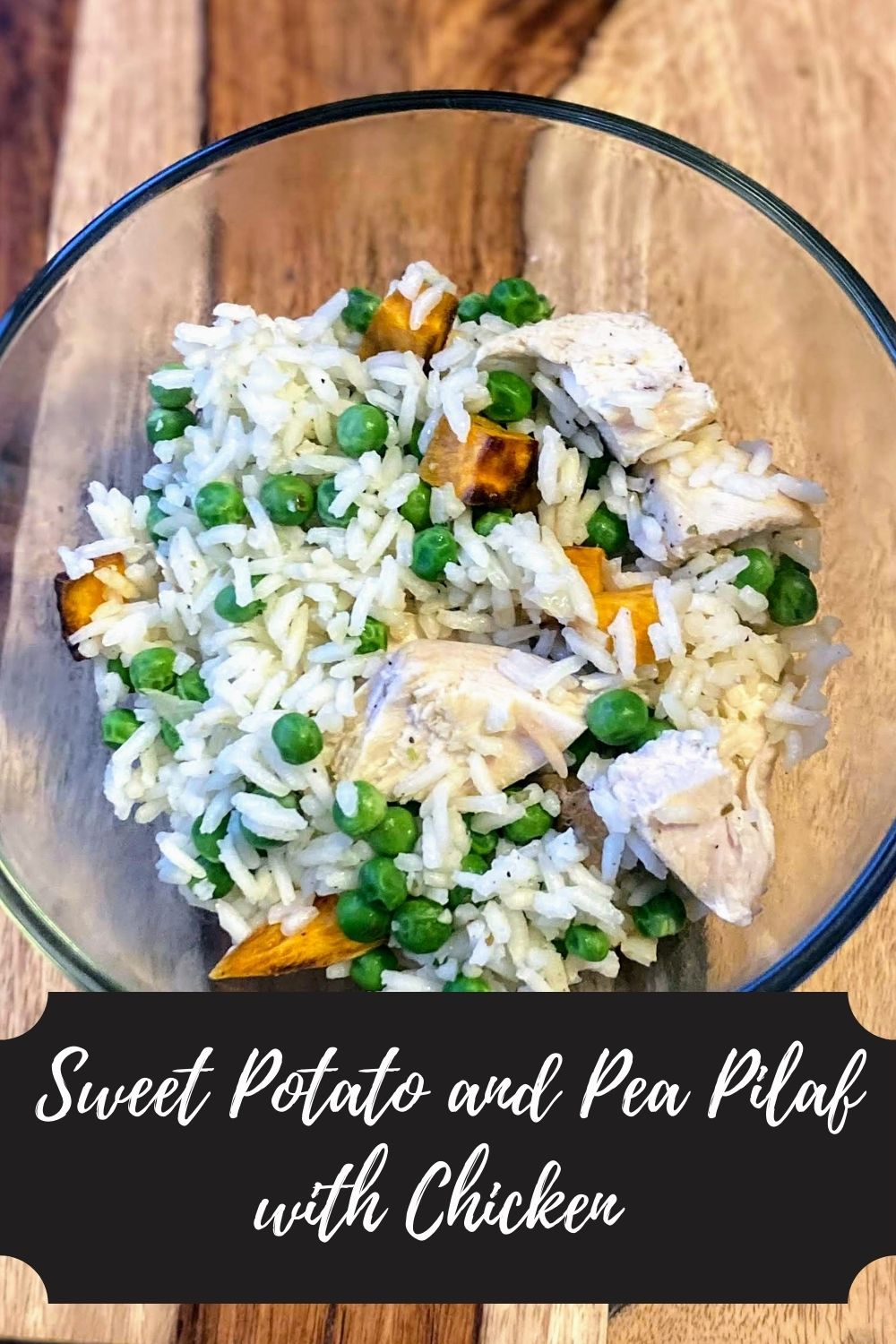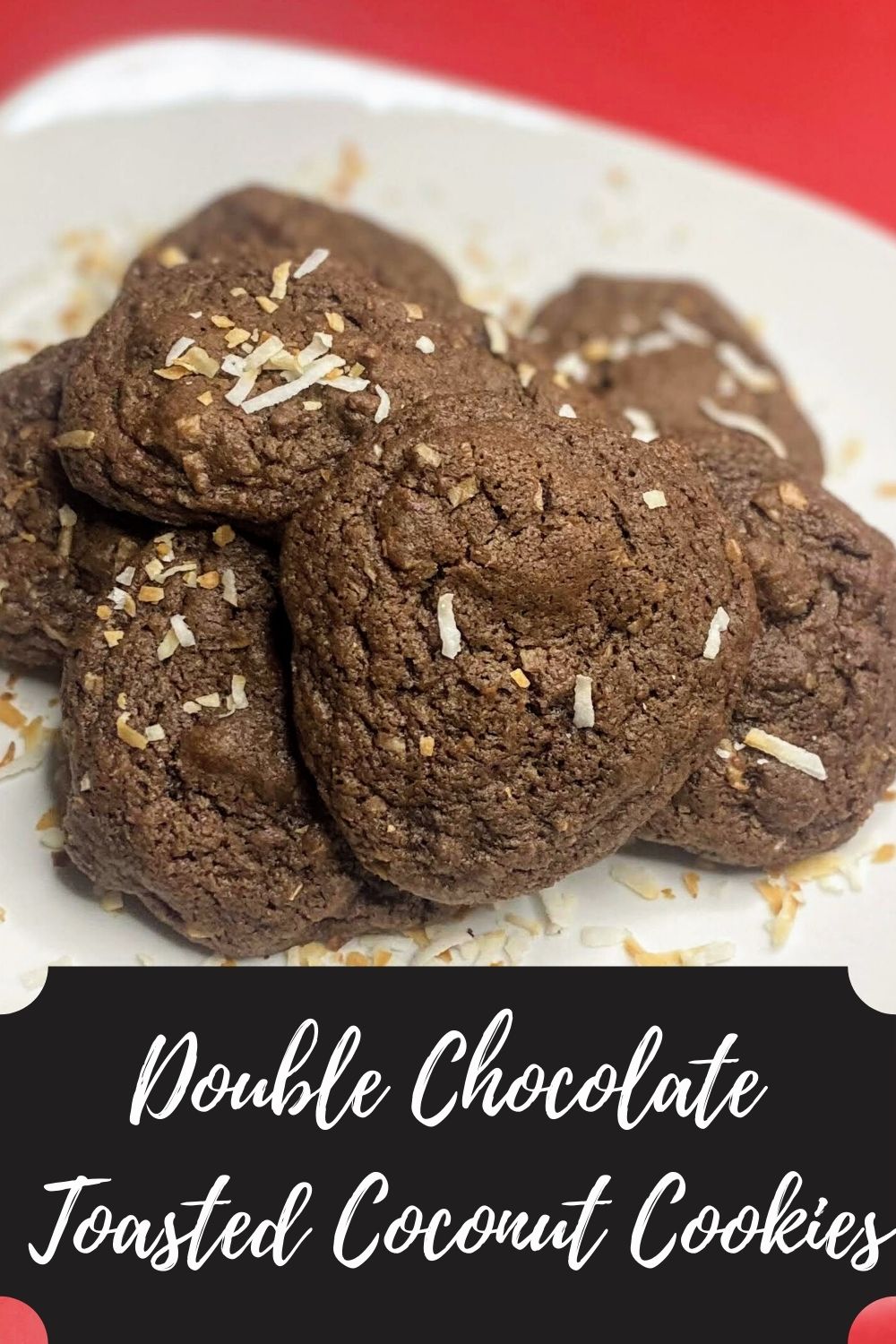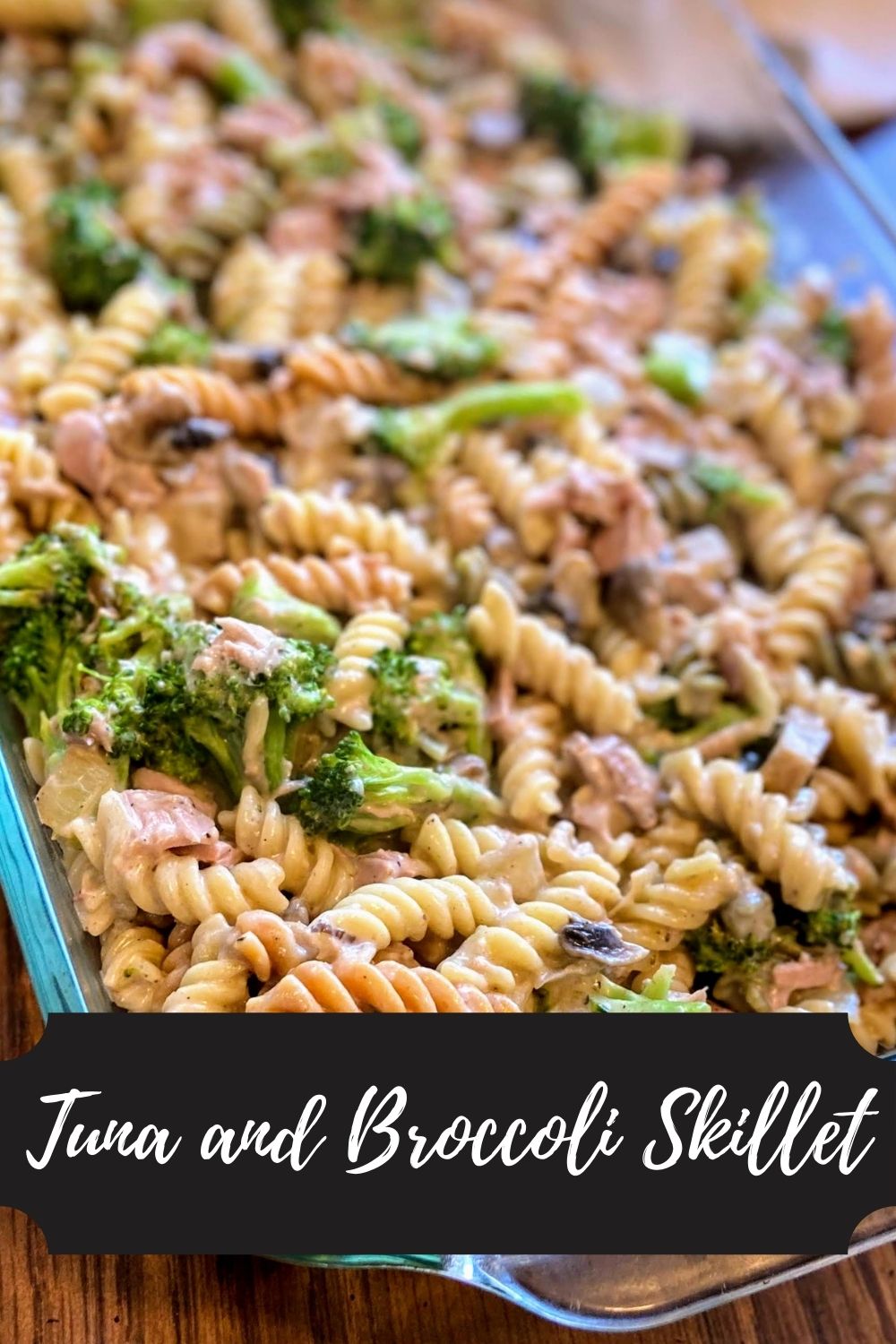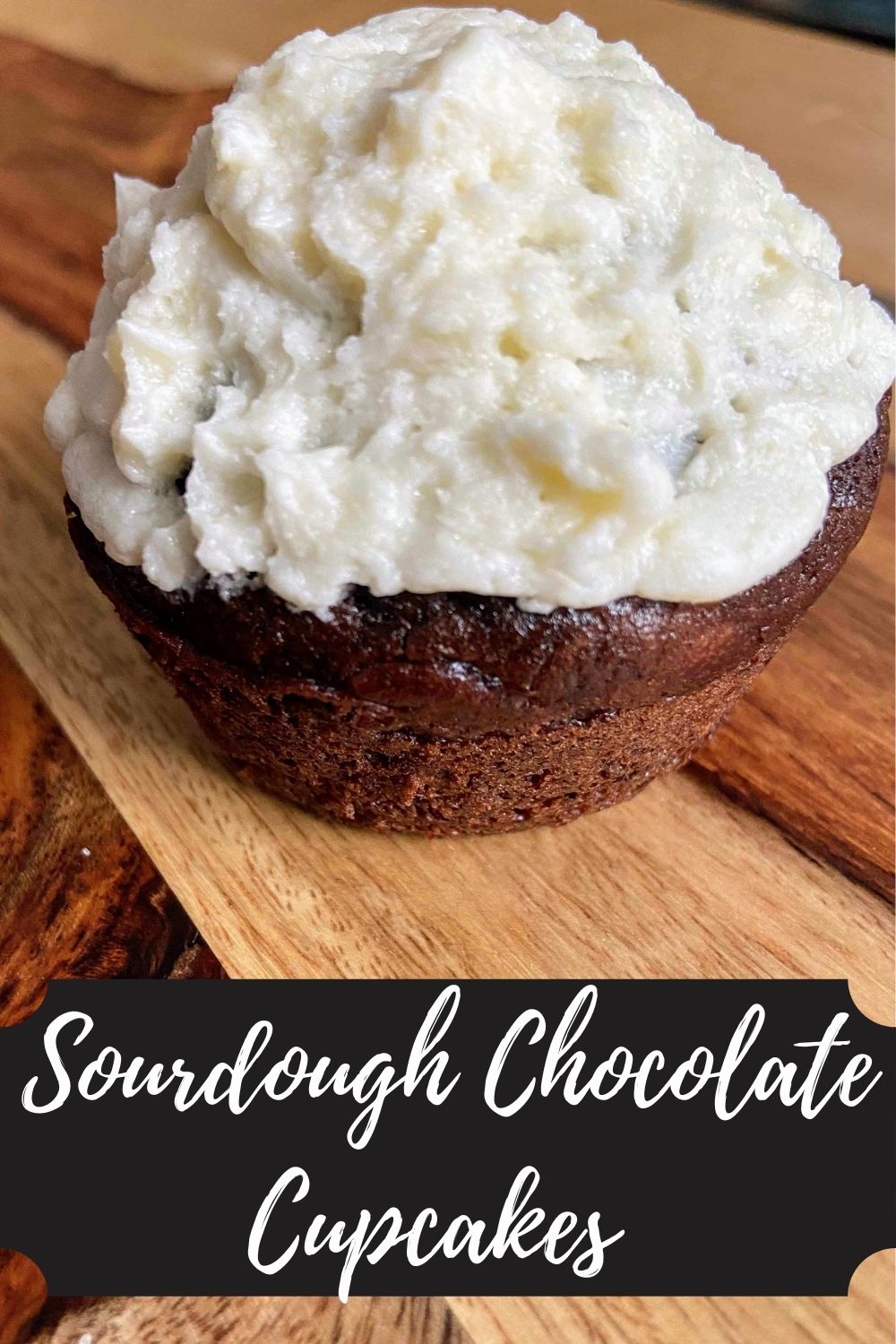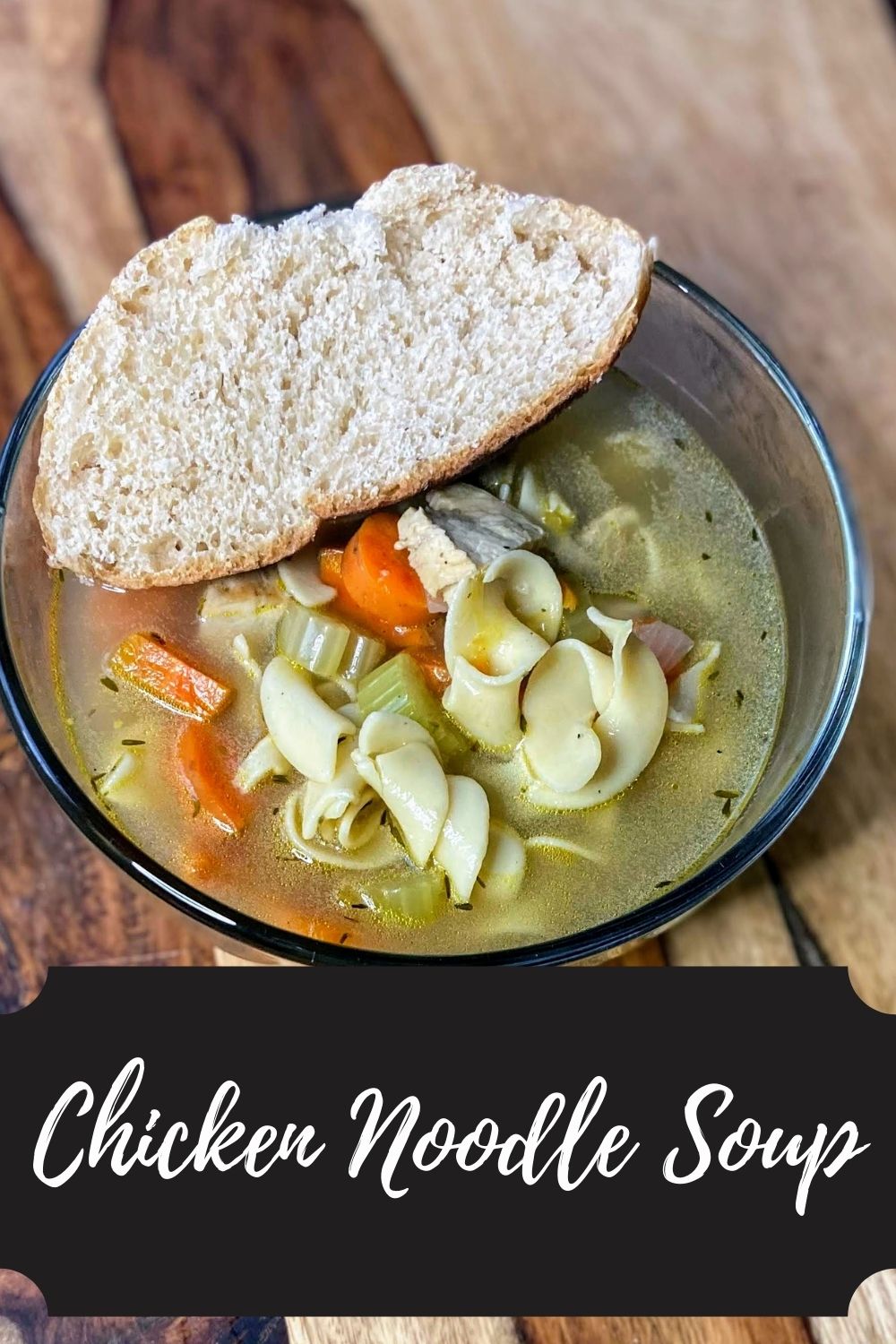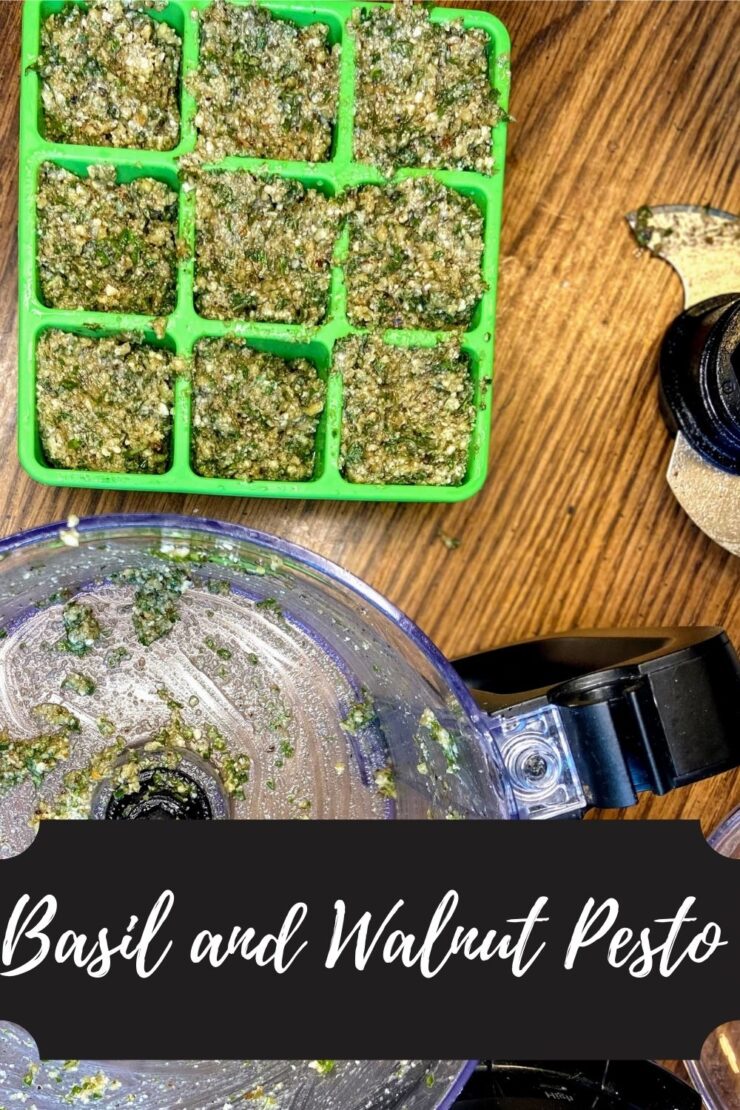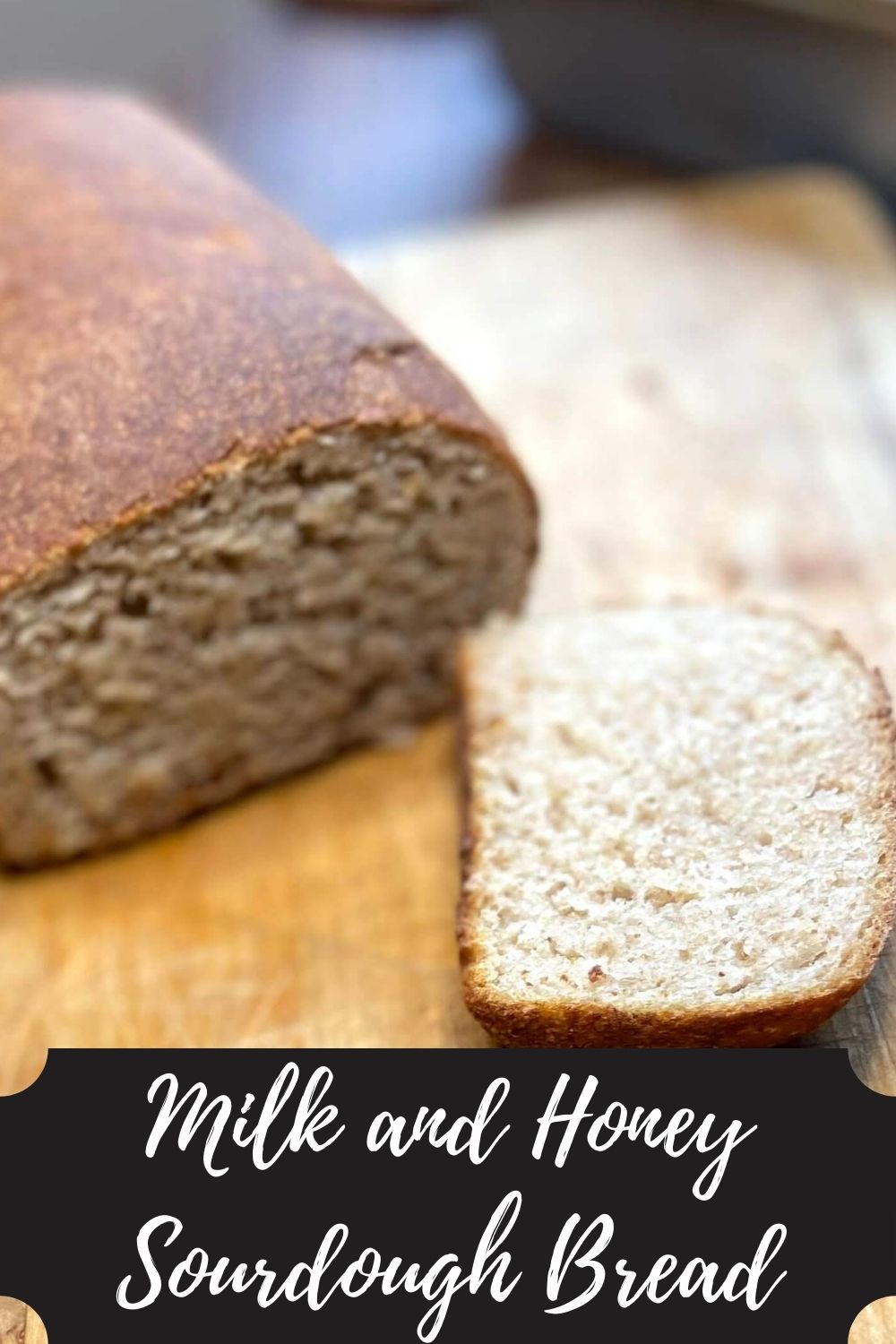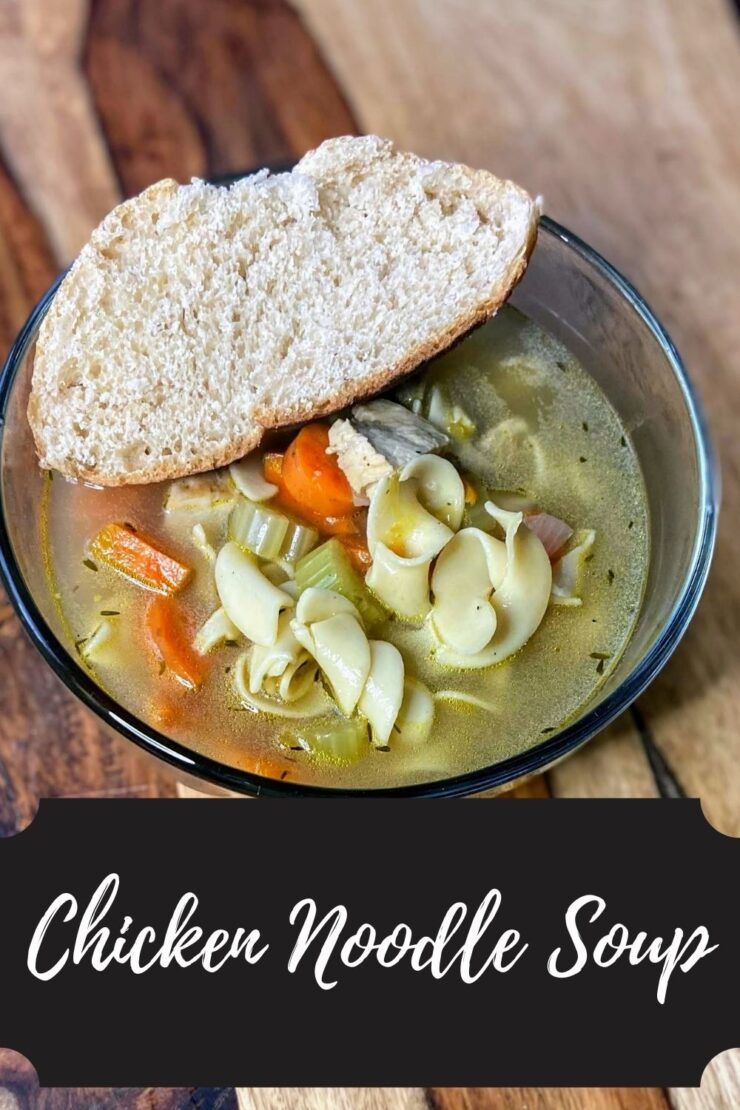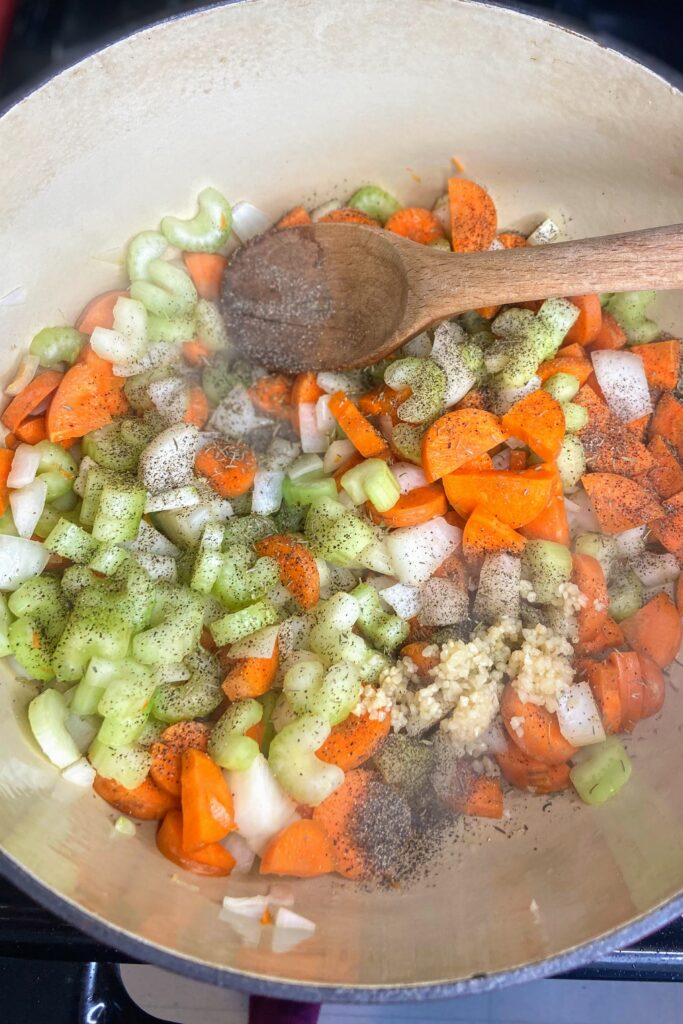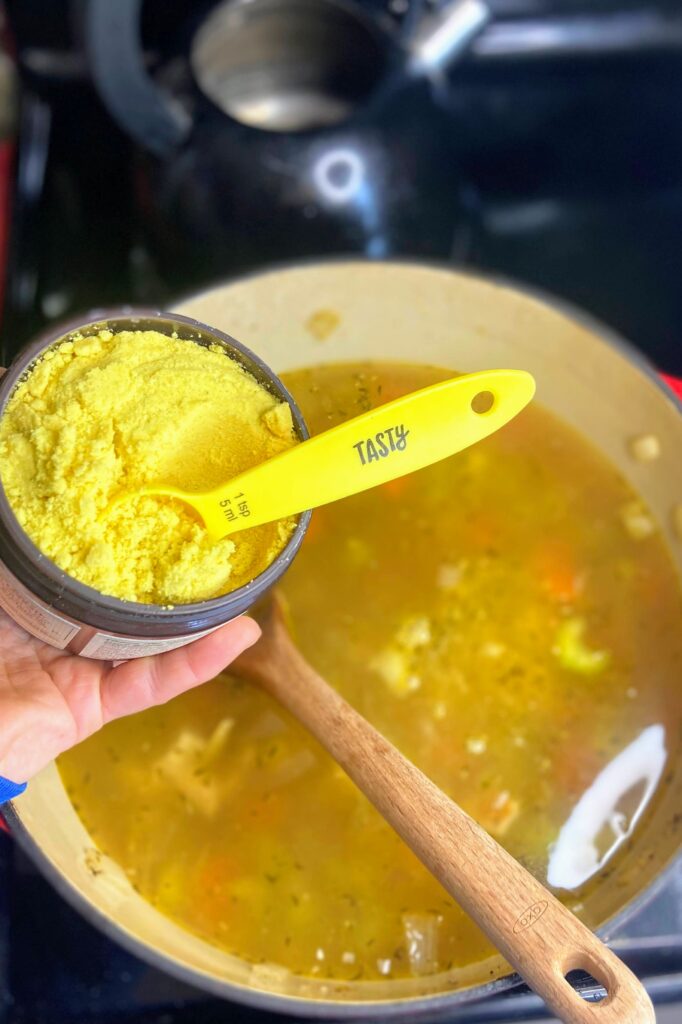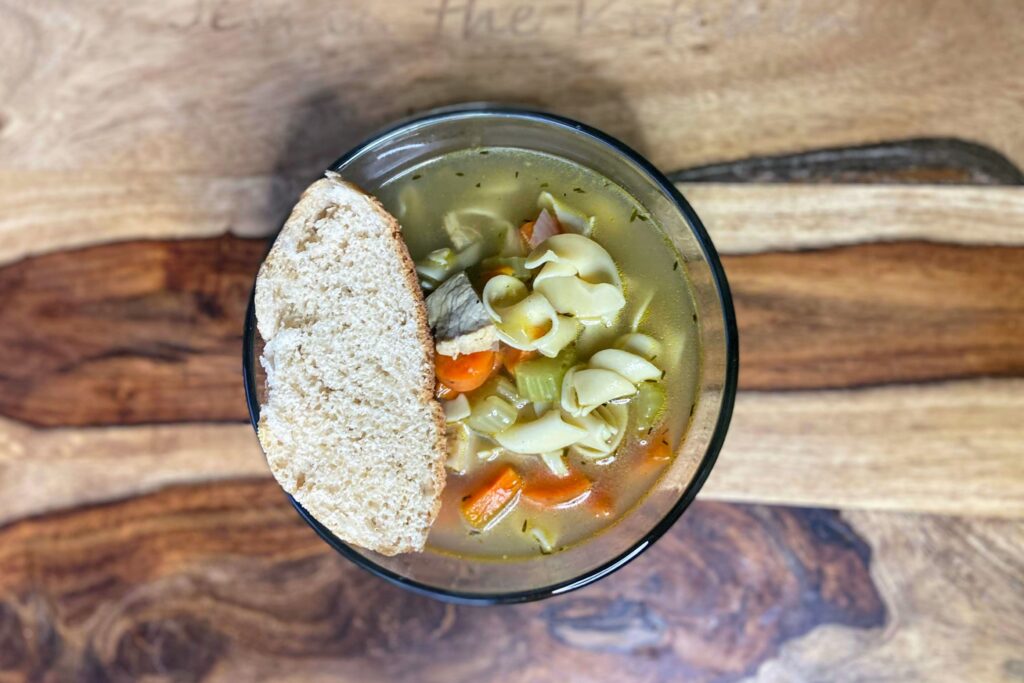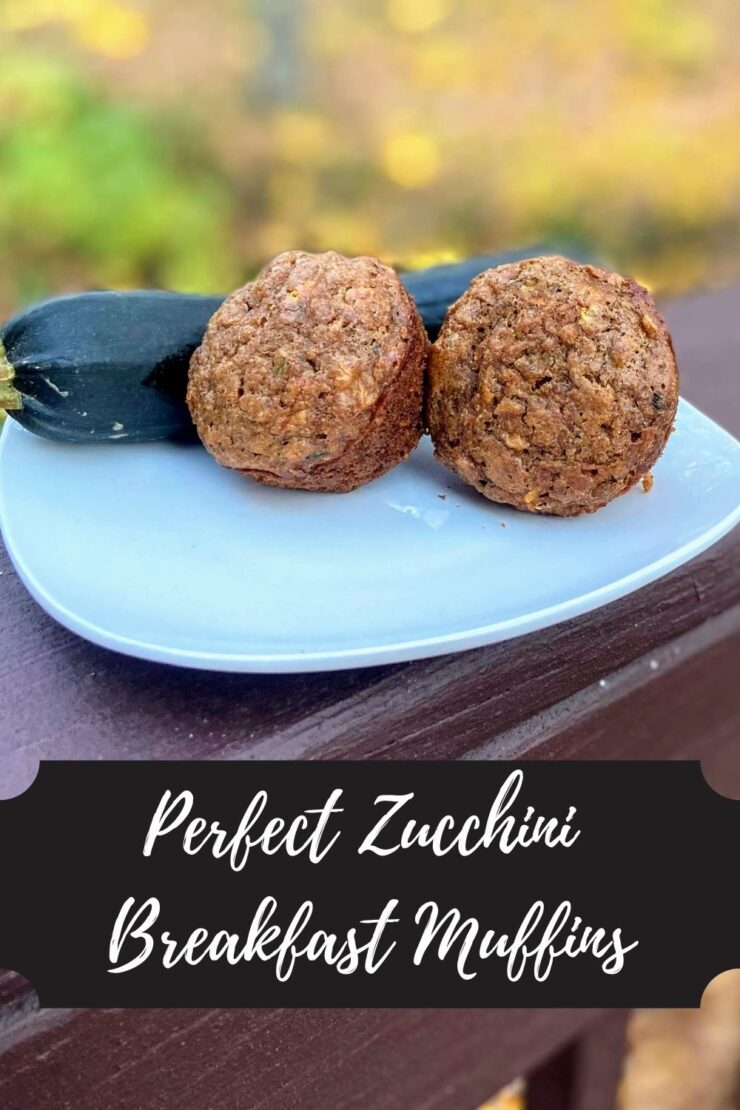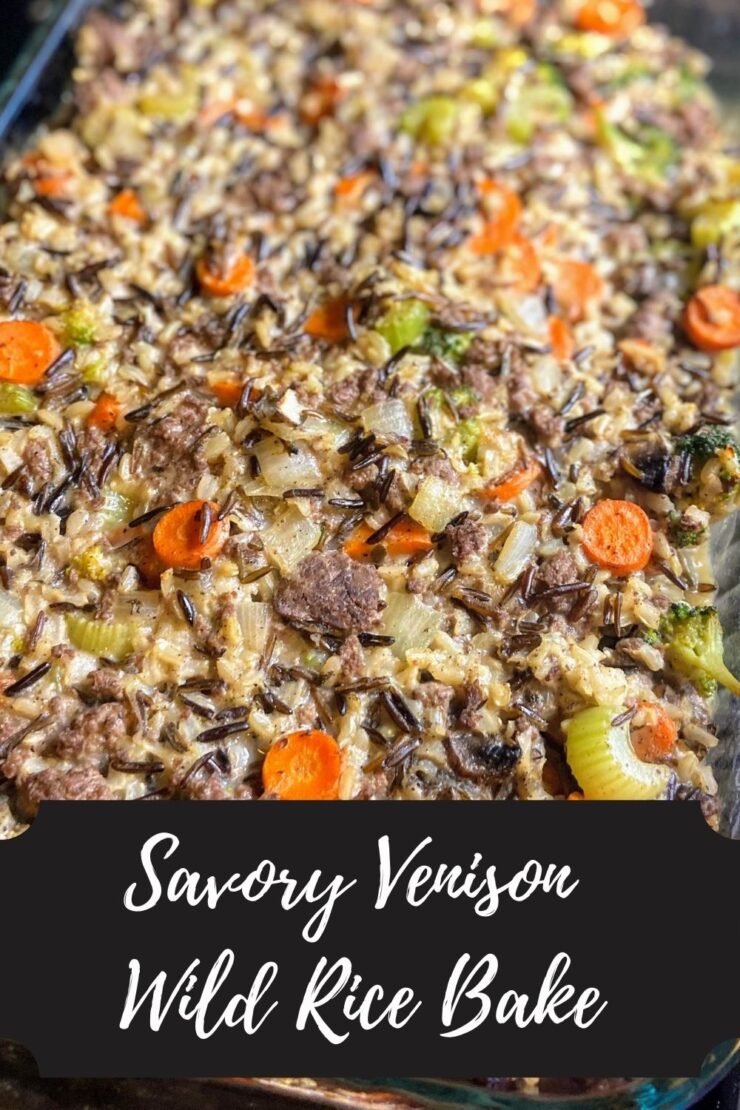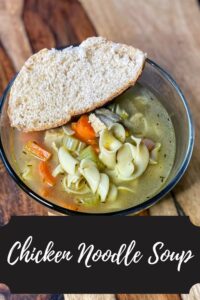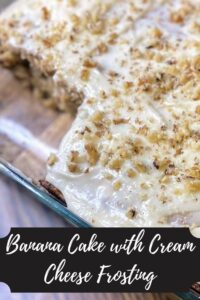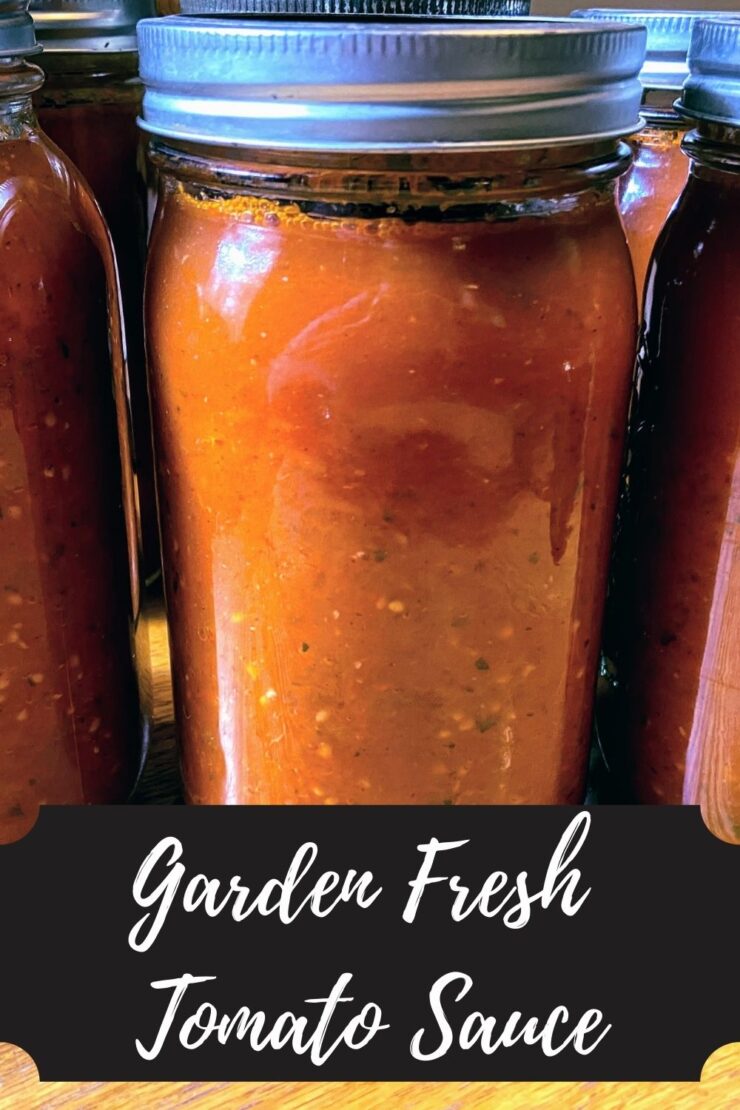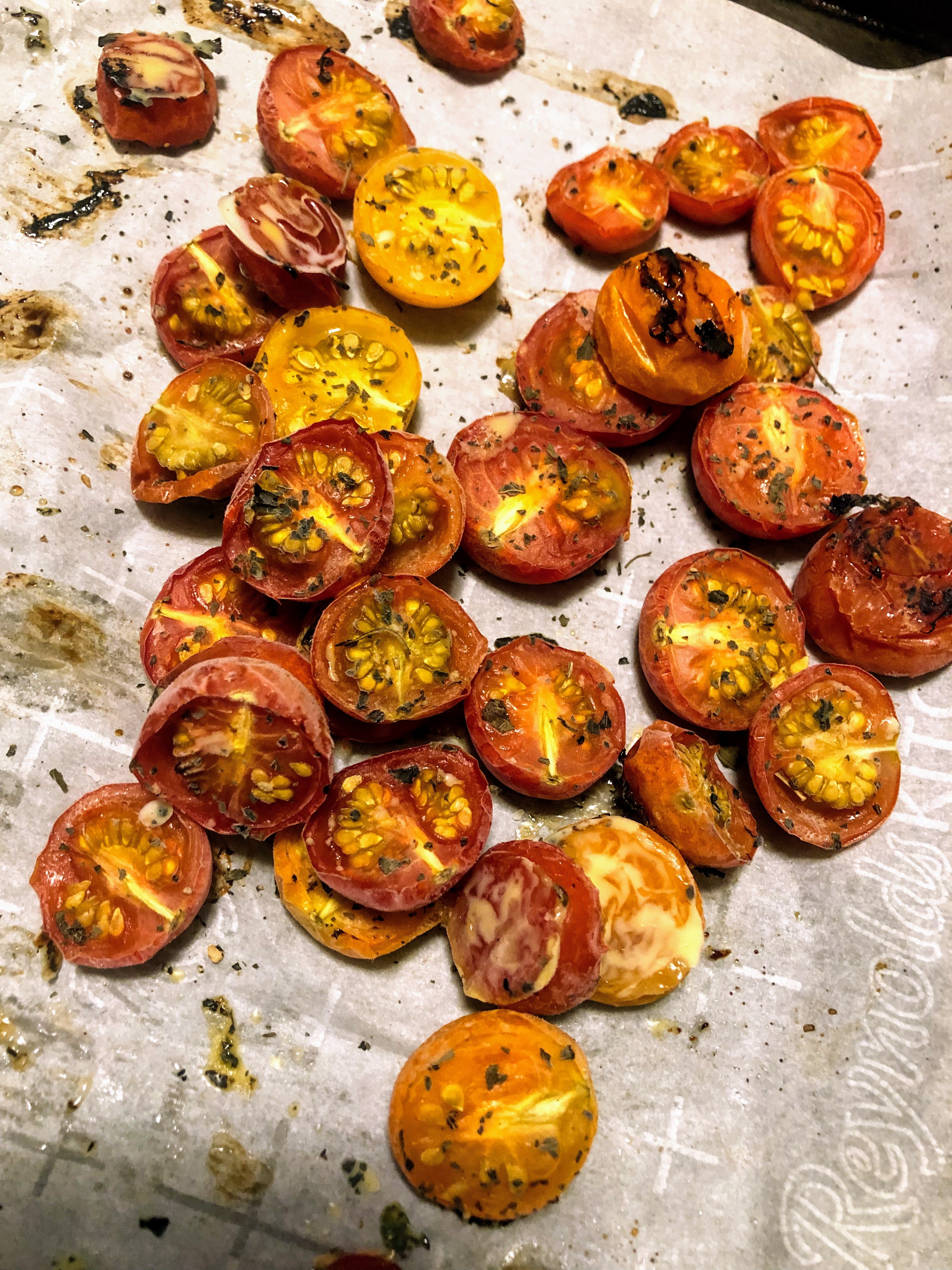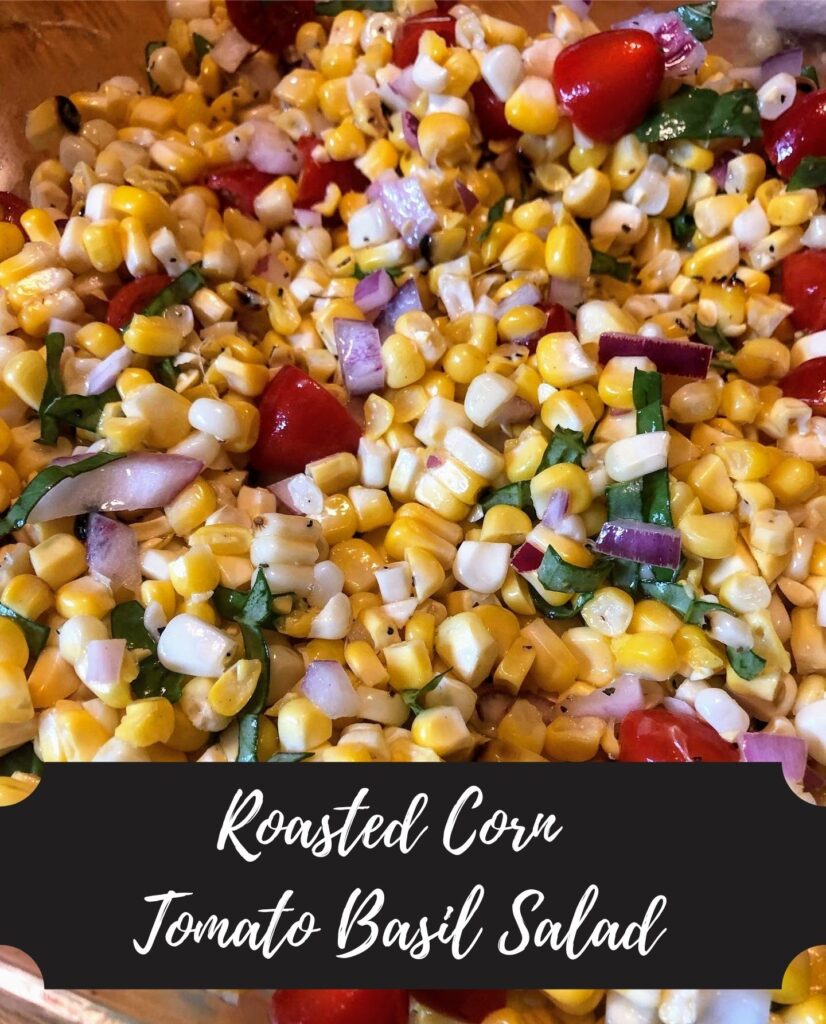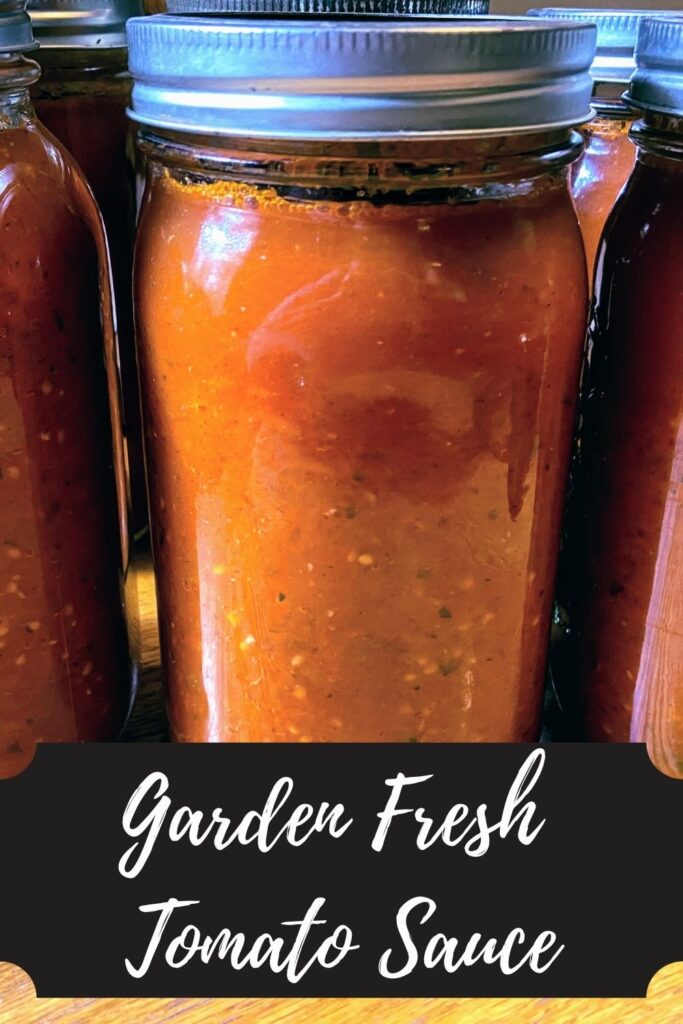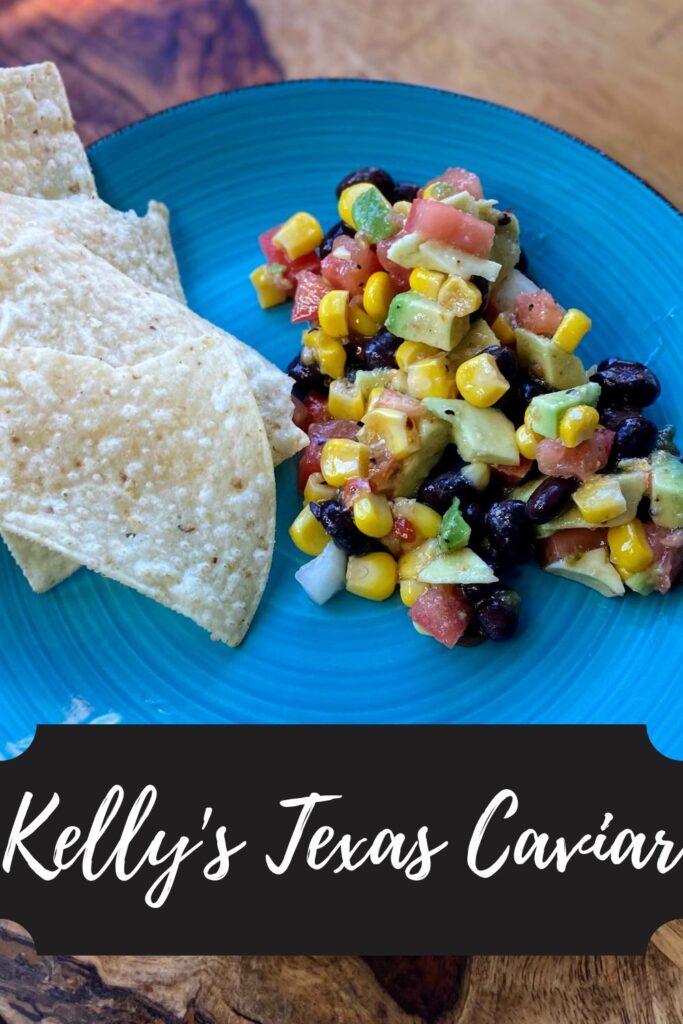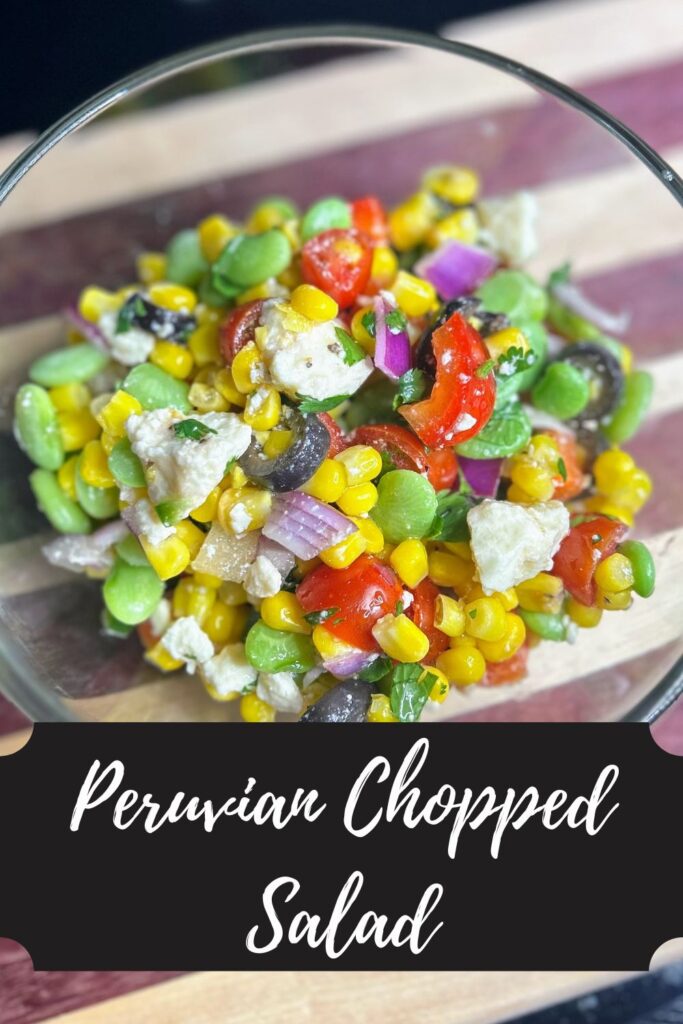I have an odd relationship with growing squash. Maybe I am not alone. I grow it, but the act of actually dicing it, roasting it, and all the things doesn’t always happen. It isn’t that I don’t like the way it tastes. I generally love it. It just takes a little more work than I want. However, this rice and pancetta stuffed squash is worth all the work, and I am super pumped to share it with you.
One of my first friends adores patty pan squash. She has talked about them for years and this year, I decided to plant a row of them, having ZERO idea if I would like them. Well, I had a bumper crop of these beautiful “starfish” squash, as the Mr. so fondly called them. (Turns out I grew early bush scallop, if you are wondering).
I enjoyed dicing them and roasting with a little salt and pepper and olive oil. And while the Mr. and my mini me enjoyed the squash this way, my big HATED it. So I looked to give the squash a face lift for my kiddo, and boy does this rice and pancetta stuffed squash recipe do it.
The flavors of the Brussels sprouts are complemented by the sweet potato and pancetta. Fall feels so present in the in the colors and spice blend. And turns out that both my kids fought over how much each of them could get. I thought six squash would leave us leftovers, but my goodness, they were gobbled up by parents and kids alike.
If you’re looking for a meal that feels fancy but really just take a little prep, give this one a try!
Ready to get cooking? I know I am!
Your Ingredients
- Six Early Bush Scallop squash (other squash would work too, but you may need to increase the bake time as bush scallop are pretty light on bake time)
- 1 ½ cup chicken stock
- ¾ cup long grain brown rice
- ⅛ teaspoon garlic powder
- ⅛ teaspoon pepper
- 1 tablespoon butter
- ¾ cup pancetta
- ½ cup each: chopped onion, carrot, Brussels sprouts, and sweet potato
- ¼ teaspoon dried, ground rosemary
- ¼ teaspoon pepper
- Salt to taste
Your Steps to Rice and Pancetta Stuffed Squash
Preheat your oven to 375 degrees. Line a baking sheet with parchment or foil that has been sprayed with non-stick cooking spray. Wash each squash and slice off the top quarter. Hollow out the inside, removing seeds and making room for the filling.
Bake squash upside down for 15 minutes. When they are done, remove from the oven and flip over so they don’t collapse on themselves.
Meanwhile, combine chicken stock, ⅛ teaspoon pepper and garlic and long grain rice. Bring to a boil, cover and lower to a simmer, cooking for 35 minutes (or according to package directions).
While the rice and squash are cooking, begin to cook down the vegetables. In a large saucepan (you’ll mix the rice into this so have room for that), begin to melt the butter over medium heat. Add onion and carrot. Cook for 2-3 minutes. Add Brussels sprouts and pancetta. Cook until the pancetta is becoming crispy, about 10-12 minutes. Add sweet potato, pepper, and rosemary and cook an additional 3-5 minutes. Salt to taste.
Remove from heat and stir in cooked in rice. Stuff parbaked squash and bake for an additional 15 minutes at 375 degrees. Serve your family a delicious and beautiful meal everyone will fight over!
I hope your family loves them as much as mine did. My big (who doesn’t like the squash plain) said I could just make a big pan of the filling and he would eat it all. It’s that good! So maybe double the filling? Ha. Just a thought *wink, wink*
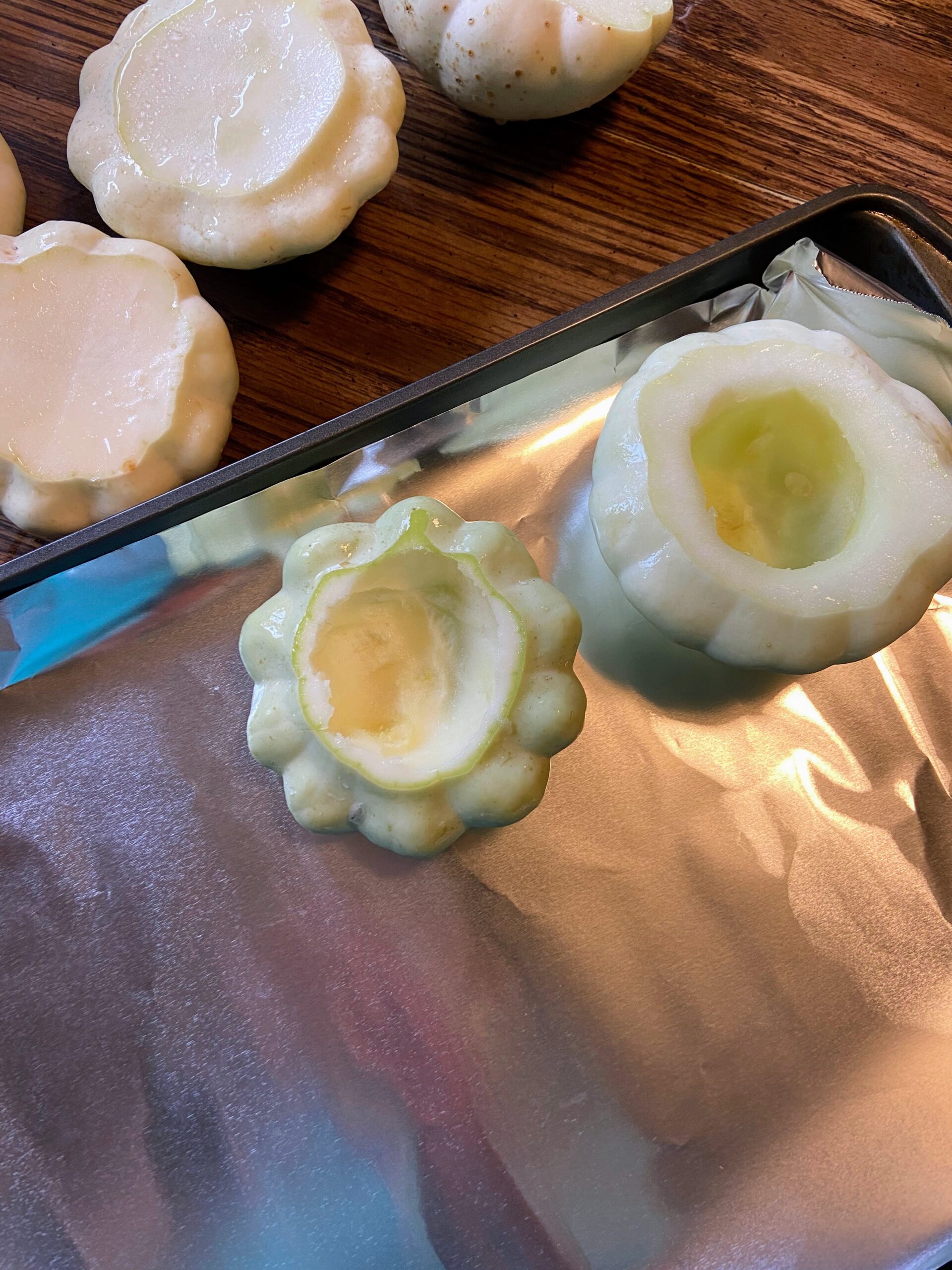

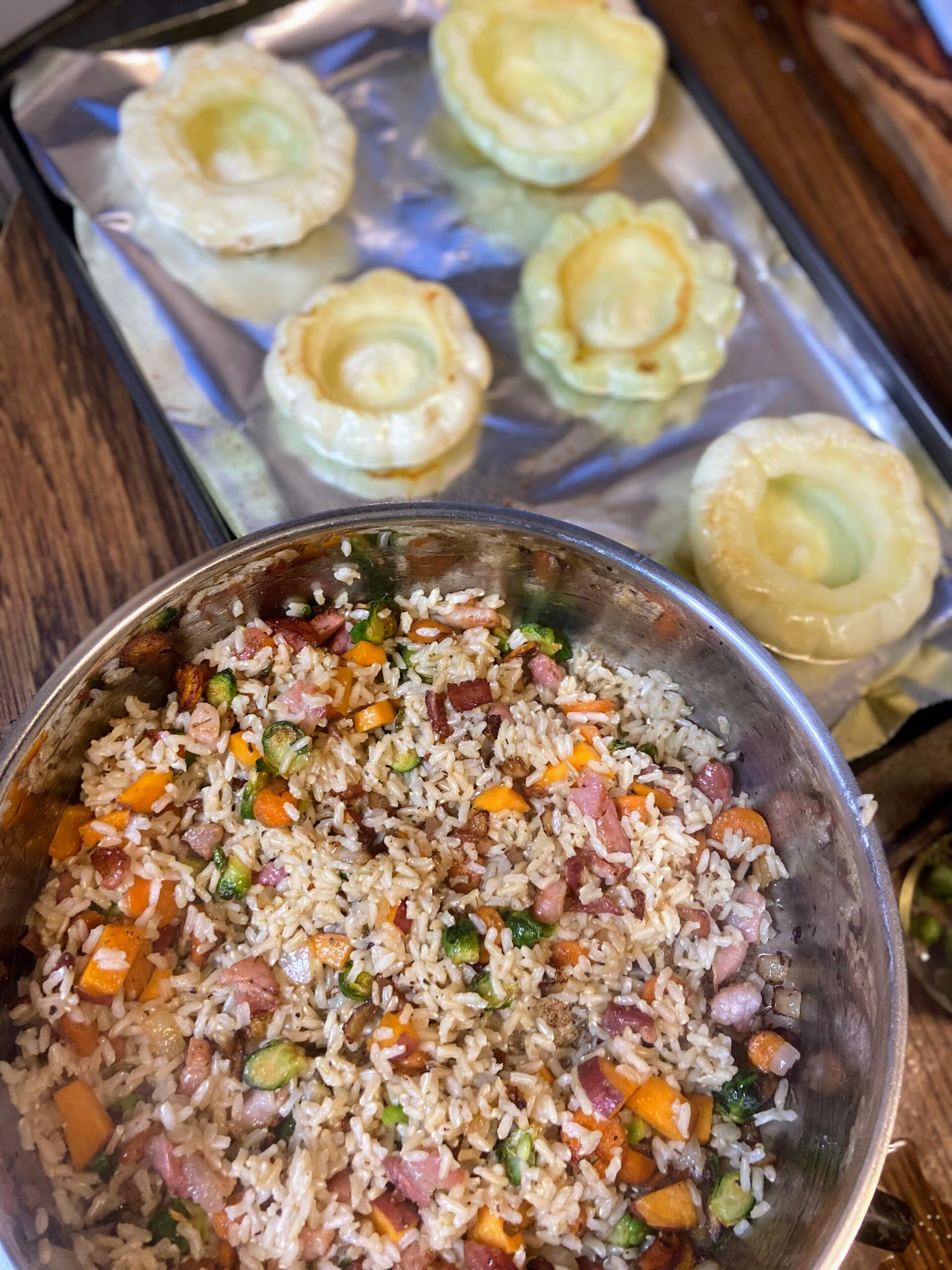
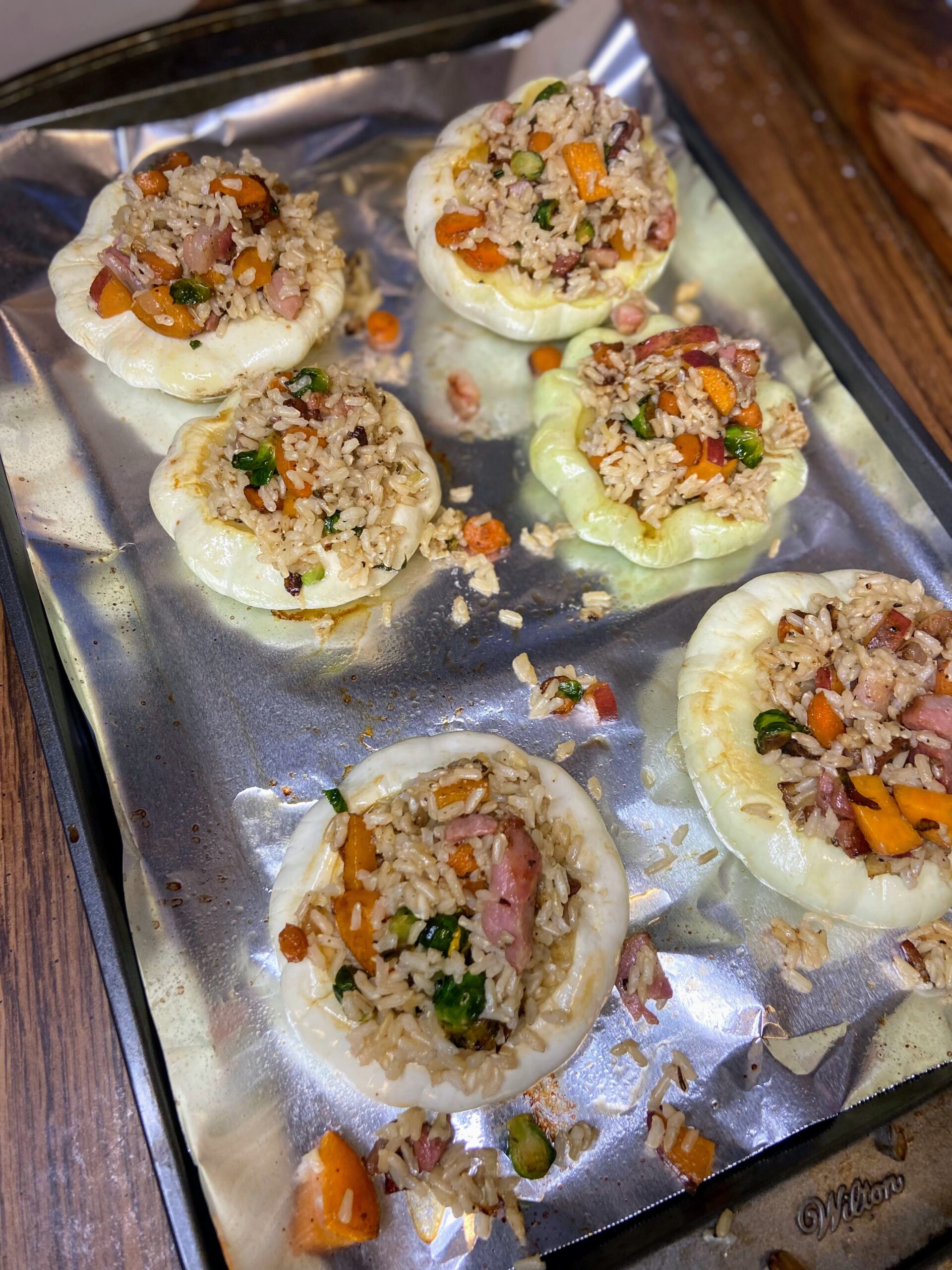
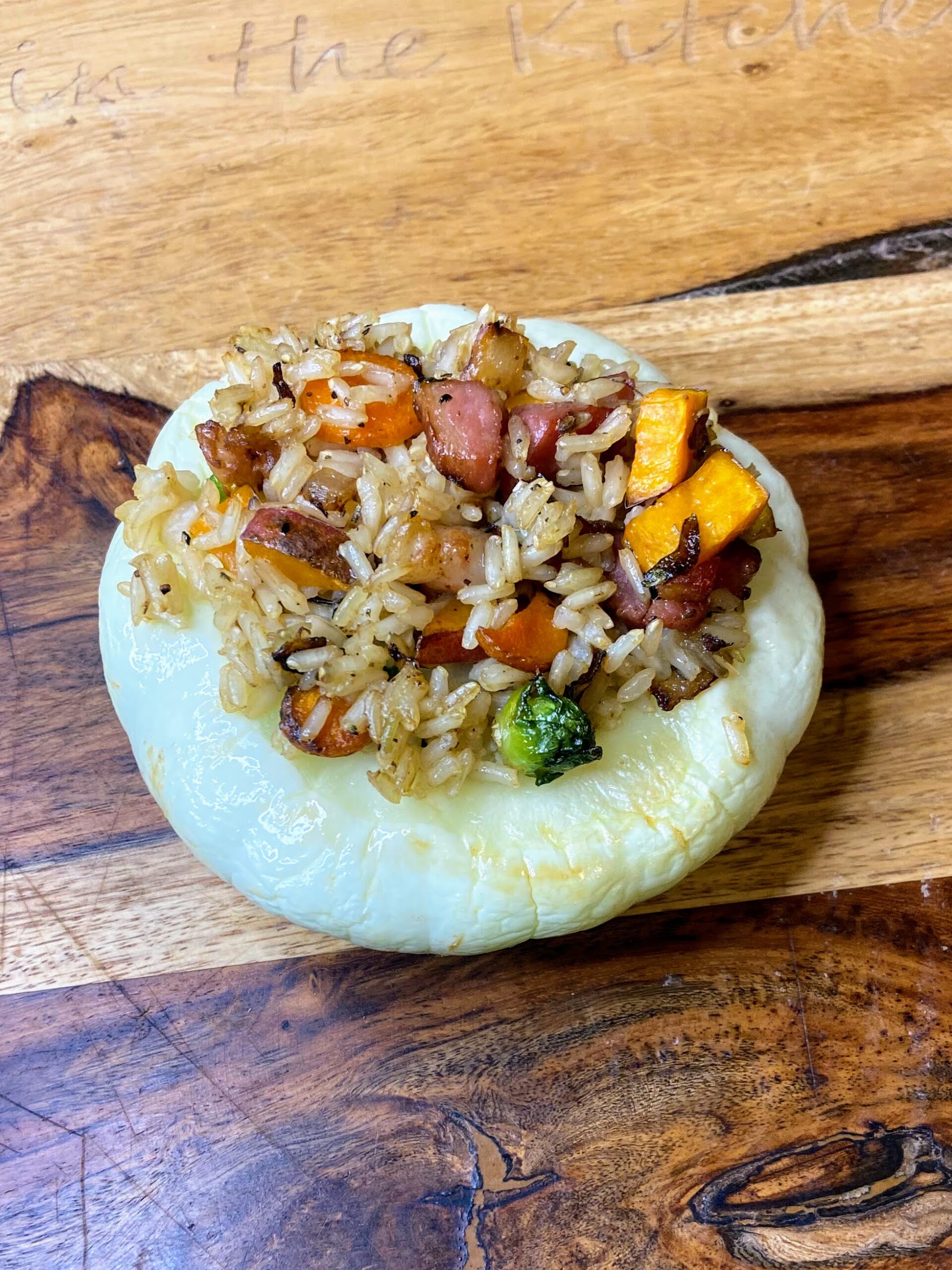

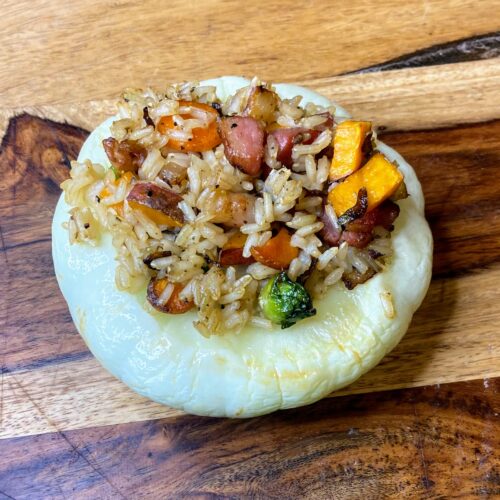
Rice and Pancetta Stuffed Squash
Equipment
- Baking Sheet
- Large Skillet or Saucepan
Ingredients
- 6 Early Bush Scallop squash or other patty pan squash
- 1 ½ cup chicken stock
- ¾ cup long grain brown rice
- ⅛ teaspoon garlic powder
- ⅛ teaspoon pepper
- 1 tablespoon butter
- ¾ cup pancetta
- ½ cup chopped onion
- ½ cup carrot diced
- ½ cup Brussels sprouts quartered
- ½ cup sweet potato diced
- ¼ teaspoon dried ground rosemary
- ¼ teaspoon pepper
- Salt to taste
Instructions
- Preheat your oven to 375 degrees. Line a baking sheet with parchment or foil that has been sprayed with non-stick cooking spray.
- Wash each squash and slice off the top quarter. Hollow out the inside, removing seeds and making room for the filling.
- Bake squash upside down for 15 minutes. When they are done, remove from the oven and flip over so they don’t collapse on themselves.
- Meanwhile, combine chicken stock, ⅛ teaspoon pepper and garlic and long grain rice. Bring to a boil, cover and lower to a simmer, cooking for 35 minutes (or according to package directions).
- While the rice and squash are cooking, begin to cook down the vegetables.
- In a large saucepan (you’ll mix the rice into this so have room for that), begin to melt the butter over medium heat.
- Add onion and carrot. Cook for 2-3 minutes.
- Add Brussels sprouts and pancetta. Cook until the pancetta is becoming crispy, about 10-12 minutes.
- Add sweet potato, pepper, and rosemary and cook an additional 3-5 minutes. Salt to taste.
- Remove from heat and stir in cooked in rice. Stuff par-baked squash and bake for an additional 15 minutes at 375 degrees.
Notes
Looking for more meal inspiration?
Check out any of the links below or head right to my cooking page to learn more!
